Originally Posted At: https://breakingmuscle.com/feed/rss
Searching for CrossFit shoes isn’t as simple as walking into a store and grabbing the first thing you see. Or at least it shouldn’t be. It’s actually one of those things you’ll want to be intentional about because there are numerous factors you’ll want to keep in mind. For instance, you’ll want to identify which heel-to-toe drop would accommodate your workout style and if the shoe’s upper can withstand rope climbs.
Here, we’ll not only explain what to look for in a CrossFit shoe but also share what we’ve found to be the best CrossFit shoes on the market today.
How We Chose the Best CrossFit Shoes
One thing is for certain: folks here at Breaking Muscle are no strangers to CrossFit. Some staff members have been doing CrossFit for almost a decade and, as you might imagine, have owned their fair share of CrossFit shoes. In fact, Breaking Muscle Reviews Editor Amanda Dvorak currently has five pairs of CrossFit sneakers that she rotates through.
For the purposes of this review, we tested dozens of shoes for metcons, heavy lifting, running, and indoor and outdoor workouts. Therefore, in an effort to pick some of the best CrossFit shoes, we relied on our own experience and conducted some additional research to see what others had to say.
As we reviewed each shoe on our original list, we realized that not one pair of CrossFit shoes would appeal to everyone. Therefore, we came up with categories in which to rank each shoe, including appearance, durability, comfort, and stability. We eliminated choices until we identified the best option for each one. Now, you can more easily find the most practical choice for you before spending $100+ on a shoe that doesn’t meet your needs.
Our Top Picks for the Best CrossFit Shoes
- Best CrossFit Shoes Overall: Reebok Nano X3
- Best CrossFit Shoes for Men: Nike Metcon 8
- Best CrossFit Shoes for Women: TYR CXT-1 Trainer
- Best CrossFit Shoes for Running: Reebok Nano X3
- Best CrossFit Shoes for Wide Feet: NOBULL Trainers
- Best Budget CrossFit Shoes: Converse Chuck Taylors
- Best CrossFit Shoes for Flat Feet: New Balance Minimus TR
- Best CrossFit Lifting Shoes: Adidas Adipower
Best CrossFit Shoes Overall: Reebok Nano X3
Reebok Nano X3
4.0
- Heel-to-toe drop: Seven millimeters
- Weight: 12 ounces (unisex size 9)
- Material: Synthetic and textile upper
- Width: Ideal for wide feet
Pros
- Numerous colorway designs
- Proprietary Lift and Chassis System
- Improved rope guard
- Allows for versatile workouts
Cons
- Confusing unisex sizing
- Expensive
- May be too loose for some
Are you looking for a CrossFit shoe that is stylish enough to wear out with friends and solid enough to use for strength training? If so, that’s the Reebok Nano X3.
This latest iteration of the Nano, which dropped in early 2023, is the 13th version and has a lot going for it. Previous versions, like the Nano X1 and Nano X2, lacked some performance edge. For instance, the RopePro technology and Flexweave knit upper didn’t hold up well for rope climbs in either shoe. But now, with the addition of the Lift and Run Chassis System and the improved RopePro technology, CrossFitters can perform workouts more efficiently in the Nano X3.
The Lift and Run Chassis System in the midsole provides a more stable platform than previous Nano models thanks to the dome-shaped heel piece that compresses when lifting heavy loads. The revamped RopePro+ rope guard technology in the midfoot makes the shoe even sturdier, so the front and sides of the shoes don’t get damaged as easily.
Based on our experience, we don’t think the upper is as durable as the SuperFabric on NOBULL trainers. Still, CrossFitters who do rope climbs, burpees, and other popular WOD movements can worry less about tearing up the Nano X3s. Even the Flexweave mesh upper is sturdy while being equally breathable and flexible, which led to us giving the Nano X3s 4.5 out of 5 stars for construction and durability.
Reebok also reworked the all-surface rubber outsole in the Nano X3. The updated tread pattern allows for better traction, making you feel more stable while completing weightlifting workouts. We ranked the outsole a solid 4 out of 5.
The wide toe box is undoubtedly a pro, as it allows your toes to spread out and improves your stability for squatting-type movements. However, you have to ensure you get the correct size. With the Nano X3, Reebok implemented a unisex sizing scale. Our female product tester noted that the shoes run slightly large — though we should note that she was unable to get the size she’d normally order in a men’s shoe. The poor sizing was especially evident when she performed exercises like burpees, lunges, and wall walks.
As a result, it might be wise to get half a size down or, if possible, try them on somewhere first so you can find the best fit for you.
Another thing to consider is the Nano X3’s seven-millimeter heel-to-toe drop (the same as the Nano X2). Most CrossFit shoes we’ve tried have a four-millimeter heel-to-toe drop. Research shows that a heel-to-toe drop of five millimeters or greater in running shoes increases knee extension and could also cause patellofemoral joint stress. (1) So, what does that mean for CrossFit shoes that have a slightly higher heel-to-toe drop?
Well, shoes that cause you to have a more forward knee placement may change how you perform CrossFit exercises, which could be a good or bad thing. It’s good if you’re doing squats and have bad ankle mobility, as it allows you to reach proper depth more easily. However, it may not be good when doing exercises like box jumps because it can place excess stress on your knee. Therefore, figuring out the best heel-to-toe drop for you is critical. If you visit a podiatrist, they can measure your feet, which should give you some insight into the type of shoe that’s most ideal for you.
Ultimately, the numerous colorways and the solid construction of the shoe make these the best CrossFit shoes overall. They are expensive, though, costing between $140 and $150. However, most popular CrossFit shoes fall in that price range.
Best CrossFit Shoes For Men: Nike Metcon 8
Nike Metcon 8
4.2
- Heel-to-toe drop: Four millimeters
- Weight: 12.5 ounces (size 10)
- Material: Lightweight mesh with textured overlays
- Width: Neutral to wide
Pros
- Attractive price
- Responsive foam midsole
- Breathable upper
- Lace lock mechanism
Cons
- May run small
- Noisy
- Clunky heel
Guys looking for a great CrossFit shoe should consider the Nike Metcon 8. With this being the eighth iteration of this shoe, it’s improved a lot. For instance, the chain-link mesh upper on the Metcon 7 isn’t as durable or flexible. In fact, the toe box upper ripped for some lifters. For the record, we didn’t experience this with the 7s — in fact, before the 8s came out, our team called the 7s one of the best Metcon versions they had ever tried.
Even so, Nike appears to have fixed the upper in the Metcon 8’s. The new upper is less stretchy, more breathable, and has improved stability.
The construction of the tongue and lacing system is also different between the Metcon 7 and 8. The tongue on the Metcon 7 has a velcro lace-lock feature on the top and bottom to help keep the laces in place. The Metcon 7 also sports three middle eyelets with Nike Flywire on the lateral side of the midfoot. While the Nike Flywire feature is said to help boost support and minimize load, it’s not found on the Metcon 8. Instead, the Metcon 8 follows a more traditional lacing system with five eyelets and only has the lace-lock mechanism at the top of the tongue.
Nonetheless, the Metcon 8s provide solid midfoot stability. Our product tester wore them for deadlifts and noted that his foot really felt connected to the ground. He gave them 4 out of 5 stars for stability.
Another interesting change is that the Metcon 8s don’t have a rope guard. If you take a close look, you will notice that the shoes have a rubber-type wraparound that partially goes up the inside of the shoe. This is not a true rope guard, though it still allows for a good grip. The lack of a true rope guard might seem alarming to those who do rope climbs frequently. However, performance-wise, customer reviews suggest that the shoes still hold up well.
The current Hyperlift heel could be annoying to some, though. Some say the heel construction feels stiff and clunky. In previous iterations, the Hyperlift heel was a removable insert that allowed you to adjust the height under your heels. This came in handy if you wanted the extra heel height for squats without changing into a pair of lifters. Today, the heel portion still goes by the same name, but it doesn’t have a separate insert. Breaking Muscle Editor Amanda Dvorak never used the insert in her Nike Metcon 2s or 6s; if you’re like her, you probably won’t miss the insert, anyway.
We agree with other customers that the heel can be uncomfortable. Based on our product tester’s feedback, the Metcon 8s aren’t ideal for running long distances or daily wear. They’re an especially poor choice for running if you’re a heel striker because the hard heel doesn’t offer much cushioning. However, it works for weightlifting, occasional sprints, and shorter 200- or 400-meter runs that frequently come up in CrossFit WODs.
The four-millimeter heel-to-toe drop combined with the lightweight, soft Nike React Foam in the forefoot are great for folks doing heavy lifts, box jumps, and squats. Although these are a great pair of shoes to wear during a CrossFit workout, they’re occasionally out-of-stock. The attractive $130 price tag (and sometimes less) might be partially to blame for the limited supply.
A member of the Breaking Muscle team noted that Nike is one of the only brands he trusts to make a shoe that fits his wide foot. He gave the shoe 4 out of 5 stars for adjustability and ergonomics for this reason. But some people have complained that the new toe box seems too narrow since the new construction is slightly more snug. Consider getting a half-size up if you have wider feet.
Truthfully, the Metcon 8’s are an excellent shoe for both men and women, but only six colorways are available for women. There are 10+ colorways for men.
Best CrossFit Shoes for Women: TYR CXT-1 Trainer
TYR CXT-1 Trainer
4.4
- Heel-to-toe drop: Nine mililmeters
- Weight: 12.65 oz (for the size 10 men’s)
- Material: Breathable upper engineered mesh construction
- Width: Neutral
Pros
- Heel tab for smoother gliding
- Patent-pending stability platform
- Grippy outsole
- High arch support
Cons
- Not as durable for rope climbing
- Difficult to clean
- High heel-to-toe drop is not ideal for weightlifting
Usually, finding a CrossFit shoe with a low heel-to-toe drop is best, but could the TYR CXT-1 Trainer be the exception? This CrossFit shoe boasts a high 9mm drop, and people still love it. In fact, these shoes are giving other popular cross-training shoes a run for their money. But what about these kicks has folks switching out their Nano’s and Metcon’s for them?
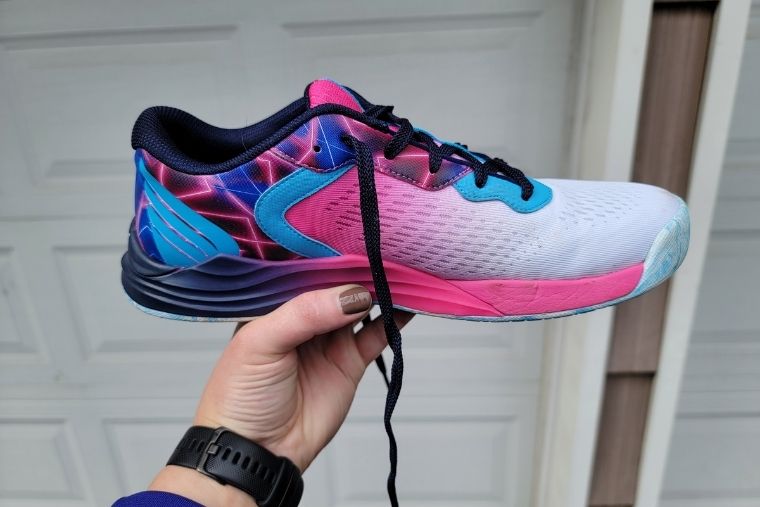
Amanda Dvorak, an Editor at Breaking Muscle, has been wearing these for three months now for metcons three to four days a week and loves them. She says, “They fit my somewhat narrow feet pretty well and offer a great balance of cushioning and stability.”
Regarding the latter, a patent is pending on the stability platform built into the shoe. This platform helps the foot sit deep in the shoe, allowing you to stay grounded while doing heavy lifting. On top of that, these shoes feature a wrap-around side gripper that goes around the heel, which adds even more stability.
The outsole provides a good level of grip, too. This is useful for keeping your feet in place during squats or deadlifts and not slipping when running outdoors. Amanda says she’s never worried about her feet slipping when training in the CXT-1s, whether she’s lifting on rubber gym flooring in her garage or doing short runs outside on wet pavement. As such, she rated the outsole 4.5 out of 5 stars.
Another feature that stands out on the TYR Trainers is the Surge NRG Foam midsoles. These are incredibly responsive, meaning that when your foot hits the ground, you can sort of feel it bounce back up. That “springy” feeling may help propel you forward and absorb some of the impact. In fact, Amanda says that the CXT-1s are the first pair of CrossFit shoes she doesn’t mind running in (for up to a mile — she hasn’t tested them for distances longer than that).
The firm yet flexible cushioning in the forefoot should allow you to perform agility exercises seamlessly without discomfort. Amanda even noted, “My feet often start to ache about halfway through long WODs when I wear other shoes, but I’ve gotten through a 30-minute WOD without discomfort when I wore the TYR trainers.”
However, some say they prefer a less chunky midsole than the TYR Trainers. Amanda doesn’t find them that chunky, but she still recognizes that they wouldn’t be the best choice if you want a more minimalist shoe.
In addition, the lightweight mesh upper makes these shoes breathable. According to Amanda, this helps keep her feet dry and comfortable even when she exercises in hot weather.
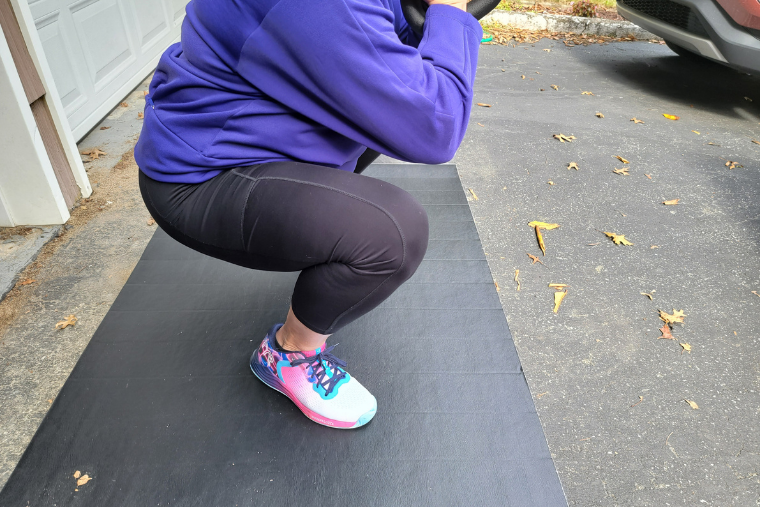
If you plan on doing handstand push-ups, you’ll appreciate the heel tab, as it can help your heels glide along the wall more easily. Also, the anatomical toe box is more spacious than those found on the Nike Metcon 8s, but still not the best choice for someone with wider feet. It fits snugly and might even feel cramped to some, so you may need to go a half-size up.
An area where the CXT-1s might not shine is rope climbing. One buyer said doing so tore the outer sole of their right shoe. Another challenge you might encounter if exercising outside is scrubbing grass stains from the mesh on the toe box. For some reason, it’s just not easy to get the stains to come off. Amanda hasn’t worn these shoes when working out on grass, so she can’t speak to the staining issue. But if you don’t want to worry about frequently trying to scrub your shoes, consider getting a dark color that will hide any stains.
Besides those caveats, the TYR CXT-1s are solid. The arch and ankle support they provide are ideal for someone with a high arch, which may be more common in women. Interestingly, women wearing high-heeled shoes may see musculoskeletal changes over time, like an increased foot arch. (2) But the support is also adequate for athletes with flat feet. Amanda has flat feet and a history of ankle and foot injuries, and she’s satisfied with the level of support she gets from the CXT-1s. This is one reason why we consider these the best CrossFit shoes for women.
For $140, you may be able to find a shoe that checks more boxes, but it all comes down to your preferences.
Best CrossFit Shoes for Running: Reebok Nano X3
Reebok Nano X3
4.0
- Heel-to-toe drop: Seven millimeters
- Weight: 12 ounces (unisex size 9)
- Material: Synthetic and textile upper
- Width: Ideal for wide feet
Pros
- Lift and Run Chassis System
- Ankle support from TPU-unit
- Soft and responsive Floatride Energy Foam
Cons
- Too heavy
- Rigid upper
- Low heel-to-toe drop
A shoe so nice we had to run it back twice is the Reebok Nano X3. Honestly, it’s quite rare to find a CrossFit shoe that’s also suitable for cardio exercises, like running. This is because training shoes tend to be larger and heavier, which isn’t comfortable if you plan on going for long runs. CrossFit shoes usually aren’t as well-cushioned and, as a result, don’t properly distribute the shock of your feet hitting the ground. However, the Reebok Nano X3 is designed in a way that provides the best of both worlds…sort of.
Breaking Muscle Editor Amanda Dvorak hasn’t personally tested the Nano X3s, but she’s trained in previous models of the Nanos. The most recent Nano version she owns is the Nano X1, and she still alternates that shoe with the TYR CXT-1 trainer for WODs with a lot of running. She was pleased to see that Reebok has still included several features in the X3s that make them more suitable for running than most other CrossFit shoes.
For one, the unique Lift and Run Chassis System (which wasn’t even included in the X2 and is completely new for the X3) in the midsole offers a cushioned base that runners may appreciate as their feet repeatedly hit the pavement. Yet, it’s still flat enough for individuals to maintain their balance when lifting. This system is also attached to a thicker TPU unit within the heel that helps with ankle support and additional stability while running.
On top of that, you’ll find the Floatride Energy Foam in the forefoot fairly soft and responsive, which is an admirable feat when doing short runs.
However, this isn’t a shoe that serious runners should be considering. The upper on the Nano X3s, in particular, is stiff, and the shoe is heavy. Running shoes usually weigh between 6.5 and 13 ounces. Weighing 12 ounces, the Nano X3 is on the heavier end. Plus, running shoes typically have a heel-to-toe drop that’s greater than seven millimeters, and the Nano X3 is right at that number.
This isn’t to say a lower heel-to-toe-drop is bad on a CrossFit running shoe. There are situations where it makes more sense, like if you strike the ground with the front of your foot first. In general, though, long-distance running just isn’t going to be very comfortable in this shoe, so it’s best to stick to sprints or short distances like 400 meters.
Best CrossFit Shoes for Wide Feet: NOBULL Trainers
NOBULL Trainers
3.8
- Heel-to-toe drop: Four millimeters
- Weight: 11 ounces (Men’s 9 / Women’s 10.5)
- Material: SuperFabric®
- Width: Wide
Pros
- Minimalist shoe
- Wider toe box
- Great for strength training
Cons
- Not for running or plyometric exercises
- May need to break in
- Feels hot after prolonged use
If you have wider feet, you already know how difficult it is to find shoes that properly fit. Poorly fitting shoes can cause preventable foot pain and disorders, so finding ones that work for you is crucial. This is especially true when you’re looking for a CrossFit shoe. Fortunately, the NOBULL Trainers may be an option for those with wide feet.
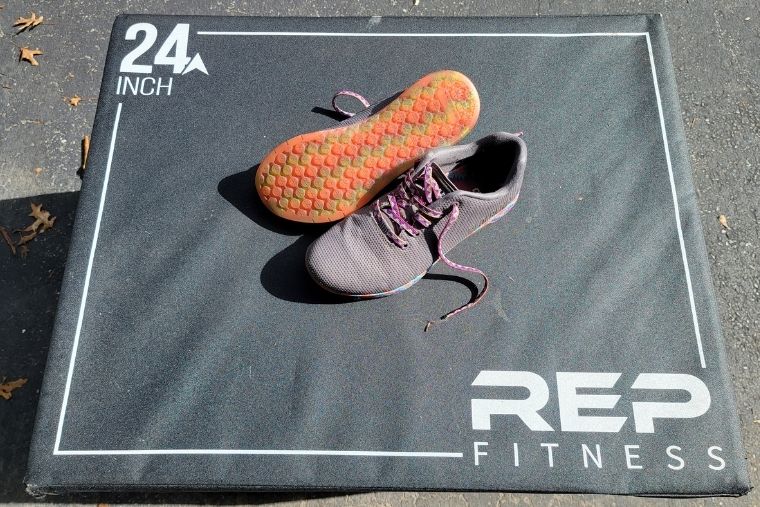
The NOBULL Trainer came to the market in 2015. While NOBULL has added new shoes to their lineup, they haven’t strayed too far from the original trainer. For instance, the upgraded NOBULL Trainer+ has a thicker midsole, which enhances comfort for high-impact movements like box jumps, but the original trainer offers more stability and is just as good. This level of consistency means that CrossFit athletes who want to buy new shoes from the same brand already know what to expect. You won’t experience this with Reebok Nano’s and Nike Metcon’s as they tend to change more over time.
What’s unique about NOBULL Trainers is the SuperFabric® technology they use for the upper. With SuperFabric®, they basically use regular mesh and apply guard plates to make it rigid and resistant to abrasions. As a result, doing activities like rope climbs shouldn’t cause damage to the shoe, but putting them on could prove challenging. Amanda Dvorak, Breaking Muscle’s Reviews Editor, says that when she wears her NOBULL trainers, she has to loosen the laces nearly all the way to get them on her feet.
The shoe’s midsole is made of phylon, a lightweight yet stable foam material. Therefore, you should be able to do strength training with no issues since they are pretty good at resisting compression when under heavy weight. Amanda says, “I do love the stability they offer for squatting and deadlifting.”
However, there is a caveat to having such a tough midsole construction, and that’s responsiveness. These shoes aren’t the best if you plan on doing HIIT workouts or running. They’re just uncomfortable to use for fast-paced movements, so Amanda only uses them on the days she does strength training.
The four-millimeter heel-to-toe drop and high carbon rubber outsole also make these adequate gym shoes for heavy lifting. Plus, the wider toebox allows you to splay your toes, which can help you keep your balance when lifting heavy weights.
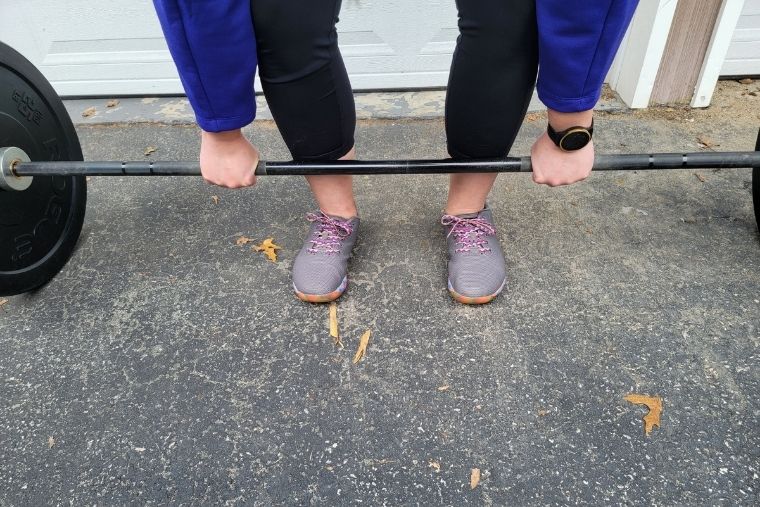
However, these might not be the shoes you grab for long-distance running or walking around town. If you wear them too long, they start to get too hot. According to Amanda, the lack of cushioning also means they’re less than ideal for being on your feet for long periods. This is too bad because they offer a ton of colorways and would look nice for general wear. Most are priced between $129 and $139, which aligns with other popular CrossFit shoes like the Metcons and Nanos.
Best Budget CrossFit Shoes: Converse Chuck Taylors
Converse Chuck Taylors
3.7
- Heel-to-toe drop: Zero millimeters
- Weight: 14.3 ounces (size 10)
- Material: Cotton canvas and rubber
- Width: Narrow
Pros
- Very affordable
- Stylish
- Minimalist shoe
- Comfortable for daily wear
Cons
- Not the best for high-impact movements
- Heavy
- Narrow midfoot
If you’re not ready to spend $100+ on a pair of CrossFit shoes, look at the Converse Chuck Taylors. These popular and stylish shoes are only around $65, about half the price of the Nanos, TYR trainers, and Metcons. Given their budget-friendly price tag, it’s not surprising that I see so many people wearing them in the free weights section of the gym. But how does this shoe really hold up when doing CrossFit, weightlifting, and running?
When people think of a minimalist shoe, Chuck Taylors are often the first to come to mind. The zero heel-to-toe drop (barefoot style) allows your foot to be closer to the ground, which permits a more natural movement. The flat rubber soles are sturdy, making it easier to maintain your balance as you push off the ground. They grip well on gym floors, wooden platforms, and even carpets.
If you’re a lifter who wants to feel a stable connection to the ground during deadlifts, squats, and other heavy lifts, these can help you achieve that. If you opt for a high-top style, they can also offer good ankle support, which is a bonus for CrossFitters with a history of ankle injuries.
Depending on the type of exercises you’ll be doing, they might not be the best CrossFit shoes. To start, the sole lacks cushion. While this is helpful for deadlifts, it’s not what you look for when doing high-impact movements like box jumps. With exercises like that, it helps to have some cushion that’ll absorb the shock. If needed, you can put an orthotic insert (which you’ll need to buy separately) in your Chuck Taylors for more cushioning.
At 14 ounces, Converse Chuck Taylors are also heavier than most CrossFit shoes. For comparison, the Nike Metcon 8s weigh 12.5 ounces, and the Nano X3s weigh 12 ounces. As you might imagine, the heavier weight can make workouts with a speed component uncomfortable. Although these clunky shoes are awesome for daily wear, they may not be a proper choice for those who want shoes that can handle exercise versatility.
If you take a closer look at the toe box and midfoot areas of Converse, you’ll see another reason why you shouldn’t use these for certain CrossFit WODs. The shoe narrows through the midfoot, making it too snug, especially for those with wider feet. The toe box is tight, too, so your toes might have trouble spreading out to help you maintain your balance. Lastly, the canvas uppers might not be the most durable for repetitive training. I’ve heard people complain about them ripping during rope climbs.
Overall, these aren’t a bad choice if most of your CrossFit routine involves lifting. But if you plan on mainly doing running and jumping movements, go for another option on our best CrossFit shoe list.
Best CrossFit Shoes For Flat Feet: New Balance Minimus TR
New Balance Men’s Minimus
3.5
- Heel-to-toe drop: Zero millimeters
- Weight: 8.1 ounces
- Material: Mesh upper
- Width: Narrow
Pros
- Outsole has great grip and traction
- Rubber shank for added stability
- Rebound effect
- Can wear without socks
Cons
- Not ideal for outdoor use
- Takes time to break in
- Too tight for those with wide feet
If you’ve got flat feet or are just looking for a minimalist shoe, take a look at the New Balance Minimus TR. They’re a narrow-fitting shoe that admittedly won’t work for everyone but could be the proper choice for athletes with narrow feet. For instance, if you’ve tried a few neutral or wider-fitting shoes, like the Nano X3s, that just didn’t make your feet feel secure, these might help. After all, the last thing you want to deal with while doing CrossFit movements is heel slipping.
The well-cushioned rubber midsole on this shoe doesn’t collapse and is made to handle pressure. This sturdiness is further maintained by the rubber shank that travels across the midfoot, allowing trainees to remain stable. You might even notice a slight rebound that gives you an extra bounce, thanks to its TPU (Thermoplastic Polyurethane)-infused design. This rebound effect is beneficial when you’re doing double-unders. But, as with all things, this may not be a feature you’ll like, as some people find it unnatural.
The outsole pattern on the New Balance Minimus TR mirrors those found on gym floors. In fact, it almost seems to stick to manufactured surfaces. If you’re looking for a shoe with a strong grip that can handle your lifting heavy weights, you’ll find it with these. Unfortunately, that means this isn’t a great outdoor shoe, as the tread might not give you the traction you’d want when training on rough surfaces.
The mesh upper on this shoe is surprisingly responsive, breathable, and lightweight. These seem to handle plyometric workouts pretty well. Therefore, you shouldn’t experience much heel slippage when doing agility exercises since the upper helps to keep your foot in place.
Do keep in mind that the wrap-around upper might take about a week or so to break in when you first get them. For some, it may almost feel too tight on the foot. However, some people prefer the sock-like fit.
If you plan on doing a lot of rope climbing, this shoe may not hold up as well in terms of performance and durability. But handstand push-ups shouldn’t be a problem due to the TPU heel clip aids.
As with most things, it all comes down to your personal preference. For around $100 to $150, this is a decent cross-trainer for someone with flat and/or narrow feet.
Best CrossFit Lifting Shoes: Adidas Adipower 3
Adidas Adipower
4.0
- Heel-to-toe drop: 22 millimeters
- Weight: 16.4 ounces
- Material: Canvas upper
- Width: Neutral
Pros
- Well-constructed and durable
- Grippy outsole
- Stylish with many colorways
- Lace and strap design
Cons
- Expensive
- Narrow toe box
- Often out-of-stock
If you plan on doing some serious barbell WODs and want a shoe that can handle the heavy lifting, you might be interested in the Adidas Adipower Weightlifting 3 shoes. But what makes these the best CrossFit shoes for lifting?
To start, they weigh 16.4 ounces, which is heavier than any of the other shoes on this list. This extra weight will help your feet plant to the floor and keep you stable while under heavy loads. You’ll also find that this shoe has a significant 22-millimeter heel-to-toe drop, which is ideal for weightlifting. A greater offset improves the range of motion in your hips and ankles. As a result, they may help you achieve a deeper squat, even if your ankles aren’t very flexible.
Like a few other shoes on this list, the Adidas Adipower 3 has previous iterations. The much-loved OG Adipower launched in 2012. The less successful second iteration wasn’t released until 2019. In 2022, the Adipower 3 came out and quickly became a favorite, much like the originals. The newest version is almost two millimeters taller than the Adipower 2s. The additional height can benefit athletes with long femurs or poor ankle mobility, as it can promote better squat mechanics and make it easier to get the hip crease below the knee.
The Adipower 3 also has a revamped ripstop upper that’s made up of 50 percent recycled material. The ripstop material is highly durable but breathable and doesn’t add much extra weight to the shoe. In fact, the Adipower 3 is 1.3 ounces lighter than the Adipower 2. Besides that, Adidas hasn’t changed much with the shoe.
What makes the Adipower line-up so popular is how well-constructed it is. The durable canvas has a lace and strap design that’ll assist in keeping your feet locked in, while the ripstop fabric upper includes synthetic overlays for greater durability. Even with these features, the shoes remain breathable, so you can comfortably get through longer weightlifting sessions.
The high-density midsole is another feature that consumers like. It’s firm, which will help you maintain stability as you power through various workouts. However, it does clash with the narrow toe box and makes for an extra snug fit. Those with wider feet may find this troubling.
The low-sitting rubber outsole provides a good grip, probably due to its barbell knurling-like pattern. It’s definitely the type of traction you’d want when doing heavy lifting. However, while you could technically wear them for WODs with movements like burpees, box jumps, or double-unders, their ruggedness may weigh your feet down. The hard, flat sole will also not be very shock-absorbent. On the other hand, the Adipower 3s would be suitable for WODs with lower-impact movements like wall balls and thrusters.
The Adipower 3s come in various colors and sport the classic three stripes people have come to love and associate with Adidas. To get the sleek design and favorable features this weightlifting shoe offers, expect to shell out about $230.
Benefits of CrossFit Shoes
Whether you’re new to CrossFit training or have been doing it for a while, you’ve probably wondered if you actually need CrossFit shoes. While the word “need” might be a stretch, there are some benefits to getting shoes designed for the varied functional movements incorporated into this type of fitness regimen. The constantly changing mix of higher weights, rapid movements, gymnastics, and longer distances is meant to help you become stronger, faster, and more flexible.
CrossFit shoes are designed to handle those things, so they tend to have a lower heel-to-toe drop, ample heel support, and better traction. These factors may help improve your performance (thanks to the increased stability) and decrease the likelihood of injury. The shoes are cushioned in areas where you’d need the most support but not so thick or plush that they leave you off-balanced for heavy lifts.
What Is the Difference Between CrossFit Shoes and Running Shoes?
CrossFit shoes differ from running shoes in a few ways. They tend to have a lower heel-to-toe drop and are made with more durable fabrics to withstand abrasions better. While cushioning is important in both running and CrossFit shoes, specifically in the forefoot and heel areas, it’s minimal in CrossFit shoes to prioritize stability. You’ll want a firm CrossFit shoe when you’re doing something like deadlifts and squats. The sole also tends to be more flexible so that you can complete dynamic and lateral movements.
As one study found, running shoes, in general, should be “lightweight, comfortable, and have as minimal pronation control technology as possible.” (3) Running shoes need to be breathable and lightweight so you can efficiently propel forward, whether you’re going a long or short distance.
To further assist in propelling you forward is a higher heel-to-toe drop, which is why you’ll find many running shoes with drops between eight and 12 millimeters. In comparison, CrossFit shoes tend to have a heel-to-toe drop of no more than nine millimeters (unless it’s more of a weightlifting shoe — those can have heel-to-toe drops of up to 25 millimeters).
In addition, cushioning in the forefoot and midfoot areas in running shoes helps absorb the impact of your foot hitting the ground.
Pronation, which refers to your foot’s natural side-to-side movement as you walk or run, should be limited in running shoes. Usually, the foot rolls somewhat inward when you step to help absorb the shock of your foot hitting the ground. However, some shoes implement pronation control that could result in pain or injury of the knee while running, so it’s not recommended in running shoes unless you genuinely need it. (4)
What To Look For in a CrossFit Shoe
Low Heel-to-Toe Drop
When shopping for CrossFit shoes, you’ll likely want to pick a pair with a low heel-to-toe drop between two and six millimeters. With lower-drop shoes, the weight distributes similarly to if you weren’t wearing any shoes at all. This is why you’ll find some individuals seeking minimalist shoes, which permits more balance and stability. One study even suggests that a minimalist shoe may prevent injury and boost performance. (5)
Now, there are certain situations when you might want a higher heel-to-toe drop. For example, if your CrossFit workout includes lots of heavy squats or snatches, you may prefer a shoe like the 22-millimeter Adipower 3s. The greater heel-to-toe drop can make it easier for you to reach proper squat depth. CrossFit folks who run a lot might opt for the nine-millimeter Nano X3s.
Durability
Heavy weights and fast, functional movements are a recipe for torn-up shoes. The upper, midsole, and sole will likely experience a lot of impact from workouts like rope climbs, burpees, and even handstand push-ups. Therefore, you’ll want CrossFit shoes made with materials that can withstand abrasion while still being breathable enough that your feet don’t overheat.
Wide Toe Box
If you pay close attention, you’ll notice that your toes naturally try to spread out when doing specific movements like squats. This “grounding of your toes” helps with balance, so you’ll want a wider toe box that accommodates this. In our experience, the Nike Metcons are suitable for athletes with wide feet or those who simply prefer a shoe with a wide toe box.
However, this is a matter of preference. If you have narrow feet, you might feel like your feet are swimming in shoes with a wider toe box. In this situation, Converse Chuck Taylor’s might be a good choice.
Rigid Sole
CrossFit training tends to be versatile, so you’ll want a sole that supports and protects your feet. One 2020 study even found that a rigid sole can decrease plantar pressure in the forefoot and reduce the rate of plantar re-ulceration. (6) Therefore, it’s worth ensuring your shoes’ soles meet your needs. The NOBULL trainers have one of the most rigid soles we’ve seen in a CrossFit shoe.
Minimal Cushioning
While a lot of cushioning may sound good, it’s not what you should look for in a CrossFit shoe. Too much cushioning could interfere with your balance and stability, especially when deadlifting or squatting. Aim for firm cushioning that can help with shock absorption during plyometric movements but that doesn’t impede your ability to push through the floor for squats, deadlifts, and other heavy lifts. We find that the Nike Metcon 8s, Reebok Nano X3s, and TYR CXT-1 trainers have an ideal balance of cushioning and stability.
Versatility
CrossFit doesn’t just consist of one type of exercise. It involves many different push, pull, and squat actions. There are also a lot of running, gymnastics, and bodyweight movements. As a result, you’ll need a shoe that can handle the different workout styles you plan to do so that you don’t have to keep changing your shoes. Will you mainly be doing WODs with heavy barbell work or WODs with lots of running and jumping? Will you be spending lots of time trying to perfect your rope climbs? Depending on your answer, pick the shoe that resonates with that.
Breathability
Some shoes don’t have the greatest airflow, and that can make you want to cut your workout short. Hot CrossFit shoes that make your feet sweat aren’t what you want when doing an intense workout. Therefore, look for shoes constructed with mesh, as those are more breathable. On the flip side, synthetic materials and knits have decreased breathability but they’re more durable. So consider a shoe that has a blend of mesh and other materials, as that may give you the best of both worlds.
Price
Whether you’re on a tighter budget or have a little money to spare, there’s a CrossFit shoe on this list that may work for you. However, as with all things, a lower price may mean fewer desirable features. For instance, a lower-priced option like the $65 Converse Chuck Taylor is a fashionable choice for a beginner lifter, but it might not handle more aggressive CrossFit movements well. In contrast, the $150 Reebok Nano X3s can take on plyometric exercises but how they’re sized throws everyone off.
Ultimately, regardless of price, each shoe has pros and cons. In other words, don’t assume that the most expensive shoe will automatically meet your needs. It could very well have features you don’t want or need.
Final Thoughts
Now that you’ve learned about some of the best CrossFit shoes on the market, which pair will you go with? By reflecting on your own preferences, goals, and style, you should be able to find an option here that works for you. For example, if your CrossFit routine primarily involves weightlifting, the Adidas Adipower 3 is a good choice, but if it’s running, the Reebok Nano X3 is a possible contender. From kicks for wide and flat feet to the best CrossFit shoes for men and women, there’s something for everybody.
Best CrossFit Shoes: Side-by-Side Comparison
|
4.0
|
4.2
|
4.4
|
3.8
|
3.7
|
3.5
|
4.0
|
|
Description:
|
Description:
|
Description:
|
Description:
|
Description:
|
Description:
|
Description:
|
- Heel-to-toe drop: Seven millimeters
- Weight: 12 ounces (unisex size 9)
- Material: Synthetic and textile upper
- Width: Ideal for wide feet
- Heel-to-toe drop: Four millimeters
- Weight: 12.5 ounces (size 10)
- Material: Lightweight mesh with textured overlays
- Width: Neutral to wide
- Heel-to-toe drop: Nine mililmeters
- Weight: 12.65 oz (for the size 10 men’s)
- Material: Breathable upper engineered mesh construction
- Width: Neutral
- Heel-to-toe drop: Four millimeters
- Weight: 11 ounces (Men’s 9 / Women’s 10.5)
- Material: SuperFabric®
- Width: Wide
- Heel-to-toe drop: Zero millimeters
- Weight: 14.3 ounces (size 10)
- Material: Cotton canvas and rubber
- Width: Narrow
- Heel-to-toe drop: Zero millimeters
- Weight: 8.1 ounces
- Material: Mesh upper
- Width: Narrow
- Heel-to-toe drop: 22 millimeters
- Weight: 16.4 ounces
- Material: Canvas upper
- Width: Neutral
FAQs
The best shoes for CrossFit honestly depend on your fitness goals, workout style, and the width of your feet. That said, we consider the Reebok Nano X3s the best CrossFit shoes because they’re stable enough for lifting weights, have adequate cushioning for jumping and short-distance running, and
CrossFit athletes tend to wear shoes with a low heel-to-toe drop, minimal cushioning, solid sole, and an extremely durable upper. Shoes like the Reebok Nano X3s, Nike Metcon 8s, and NOBULL Trainers all fit the bill.
One study discovered that shoes with a high heel-to-toe drop may increase knee stress. (1) The Nike Metcon 8s have a four-millimeter heel-to-toe drop, which is lower than other CrossFit shoes we’ve tested. Therefore, it may be safe to assume that they are less likely to cause knee pain.
CrossFit shoes are constructed differently from regular, everyday shoes and even other athletic shoes like running sneakers. A good CrossFit shoe may help improve your performance and decrease the probability of injury. It can also withstand the versatility of CrossFit WODs, which can include a combination of running, gymnastics, heavy barbell lifting, and bodyweight movements.
Not all CrossFit shoes are suitable for lifting. In our experience, shoes like the Reebok Nano X3s have just a bit too much cushioning for pushing into the floor during heavy squats and deadlifts. Good CrossFit lifting shoes typically have a flat, rigid sole, like the Converse Chuck Taylors. If you plan on doing a lot of Olympic weightlifting in addition to your CrossFit WODs, you may also want to consider a strict weightlifting shoe, like the Adidas Adipower 3.
Research
- Zhang, M., Zhou, X., Zhang, L., Liu, H., & Yu, B. (2022). The effect of heel-to-toe drop of running shoes on patellofemoral joint stress during running. Gait & posture, 93, 230–234. https://doi.org/10.1016/j.gaitpost.2022.02.008
- Özandaç Polat, S., & Yücel, A. H. (2018). Wearing high-heeled shoes increases the foot arch angle inducing measurable changes in the musculoskeletal system. Journal of back and musculoskeletal rehabilitation, 31(6), 1119–1129. https://doi.org/10.3233/BMR-170891
- Agresta, C., Giacomazzi, C., Harrast, M., & Zendler, J. (2022). Running Injury Paradigms and Their Influence on Footwear Design Features and Runner Assessment Methods: A Focused Review to Advance Evidence-Based Practice for Running Medicine Clinicians. Frontiers in sports and active living, 4, 815675. https://doi.org/10.3389/fspor.2022.815675
- Agresta, C., Giacomazzi, C., Harrast, M., & Zendler, J. (2022). Running Injury Paradigms and Their Influence on Footwear Design Features and Runner Assessment Methods: A Focused Review to Advance Evidence-Based Practice for Running Medicine Clinicians. Frontiers in sports and active living, 4, 815675. https://doi.org/10.3389/fspor.2022.815675
- Xu, J., Saliba, S. A., & Jaffri, A. H. (2023). The Effects of Minimalist Shoes on Plantar Intrinsic Foot Muscle Size and Strength: A Systematic Review. International journal of sports medicine, 44(5), 320–328. https://doi.org/10.1055/a-1908-8867
- López-Moral, M., Molines-Barroso, R. J., Álvaro-Afonso, F. J., Uccioli, L., Senneville, E., & Lázaro-Martínez, J. L. (2020). Importance of Footwear Outsole Rigidity in Improving Spatiotemporal Parameters in Patients with Diabetes and Previous Forefoot Ulcerations. Journal of clinical medicine, 9(4), 907. https://doi.org/10.3390/jcm9040907
The post Best CrossFit Shoes for Flat Feet, Wide Feet, and More (2023) appeared first on Breaking Muscle.

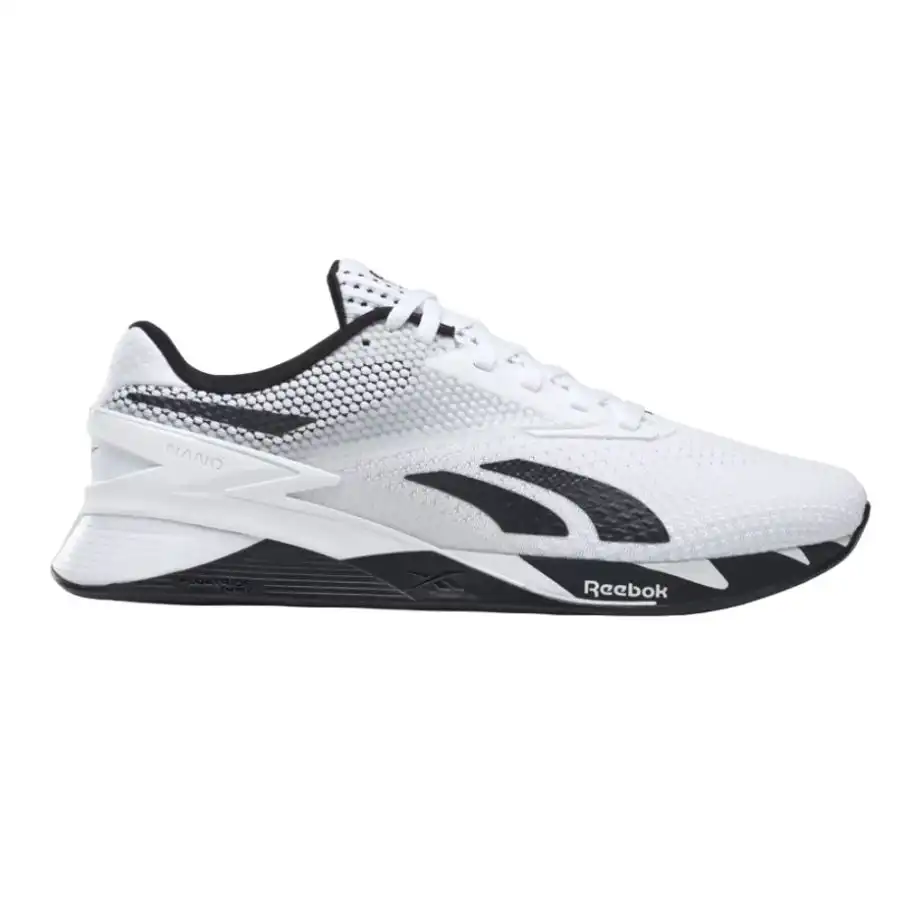
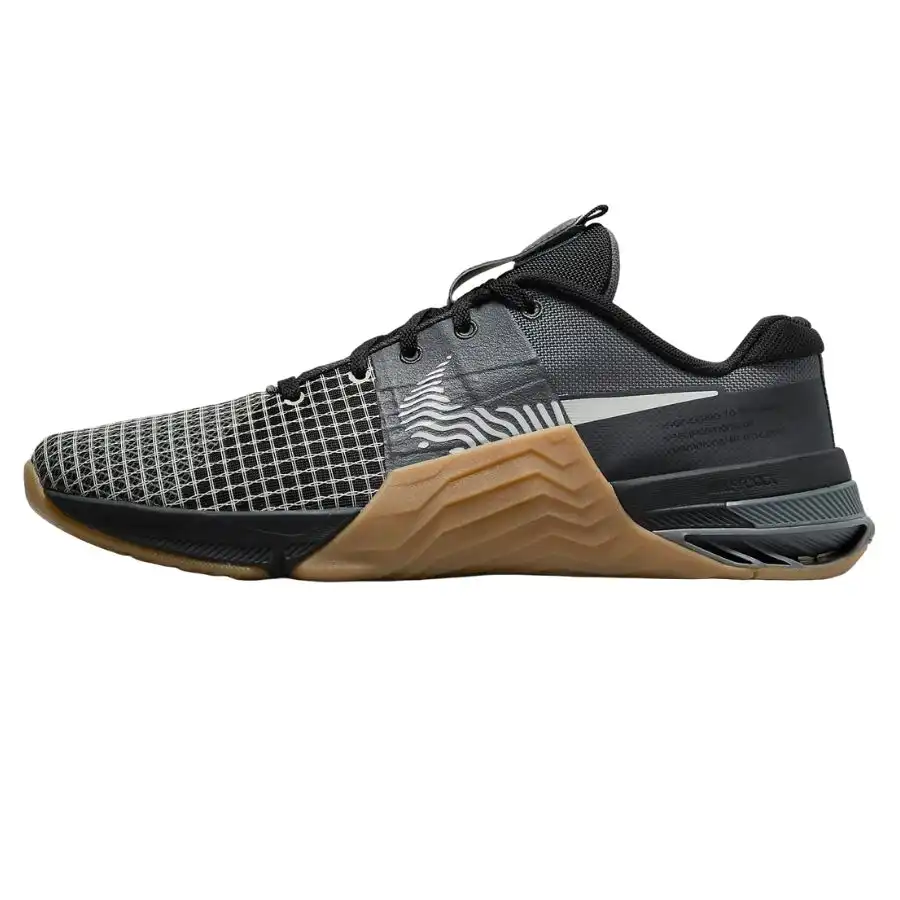
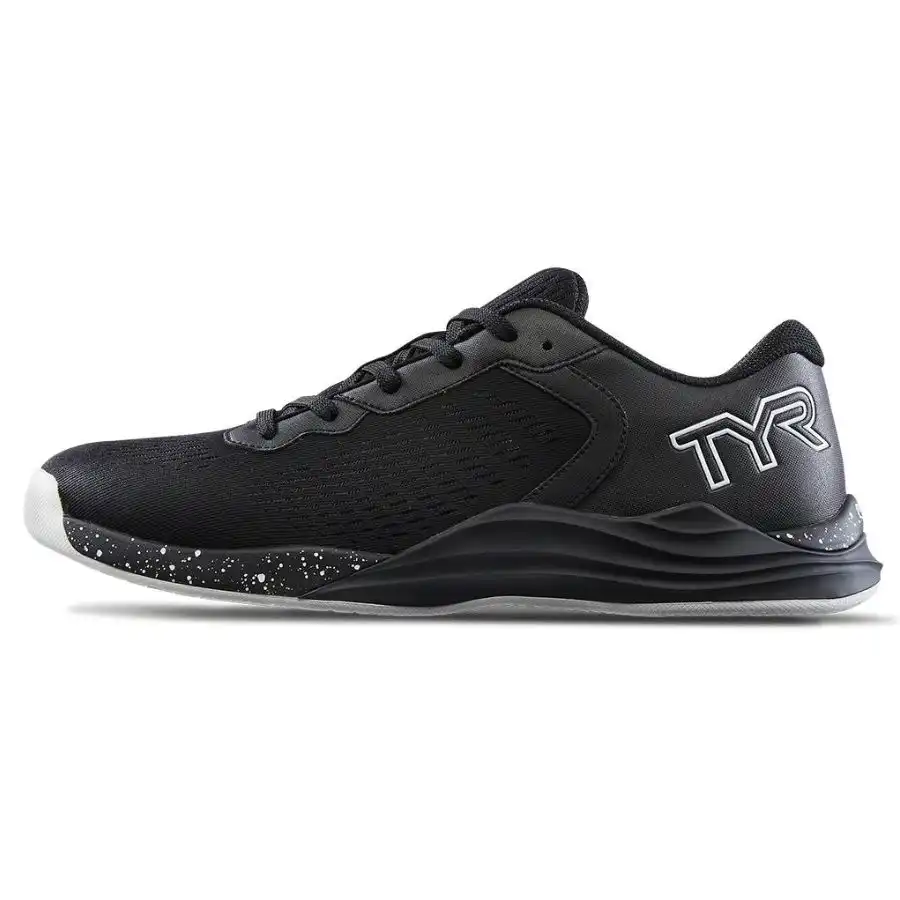
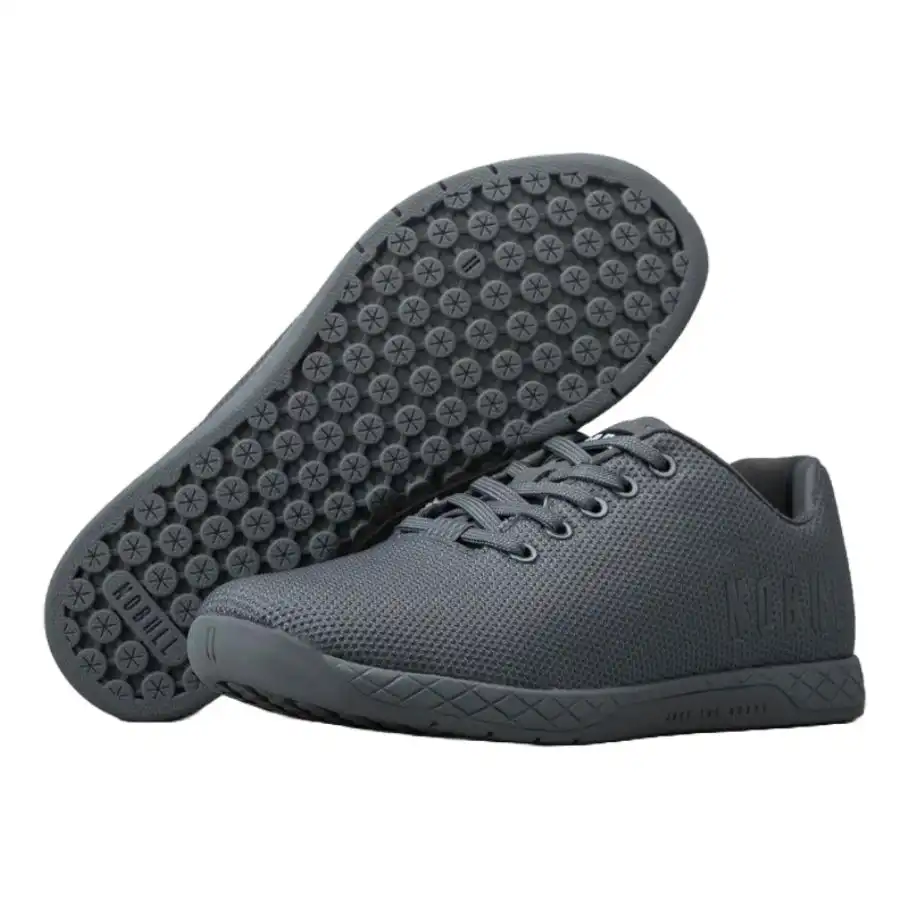
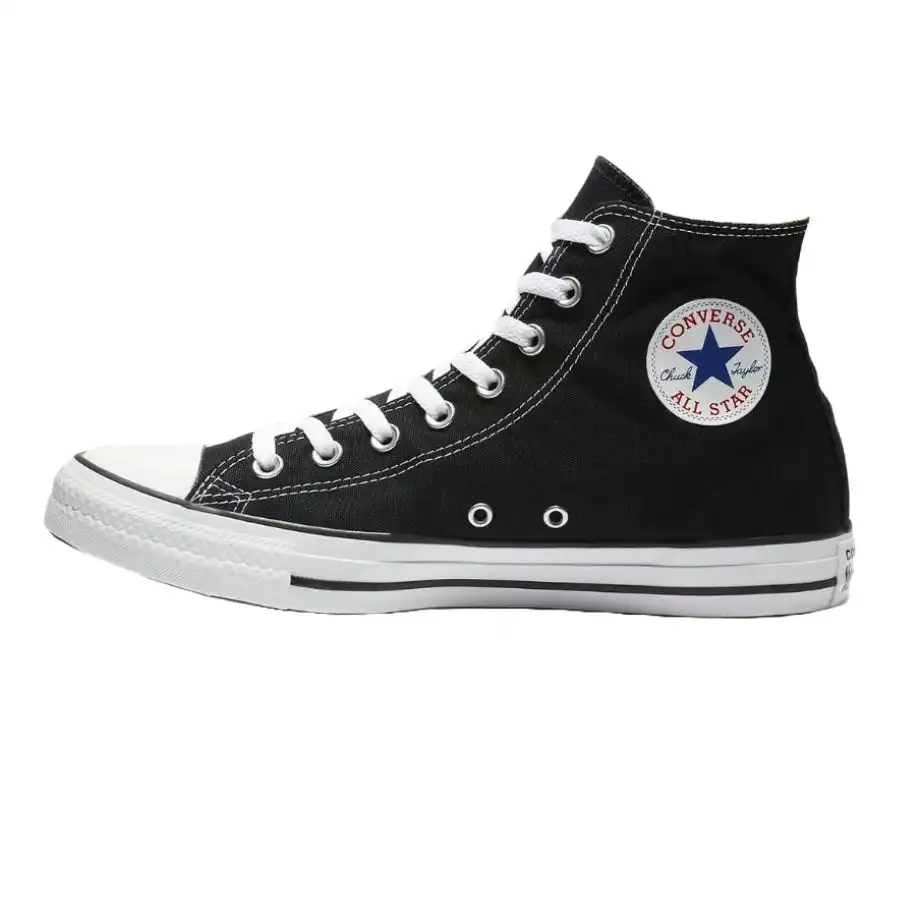
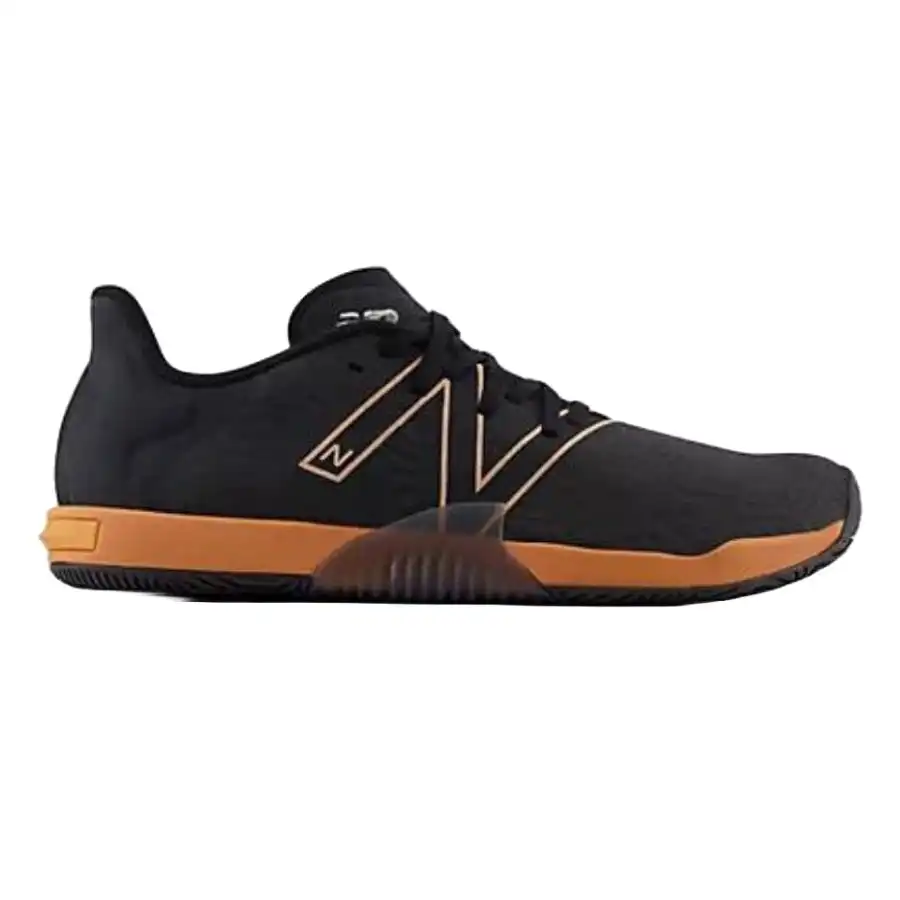
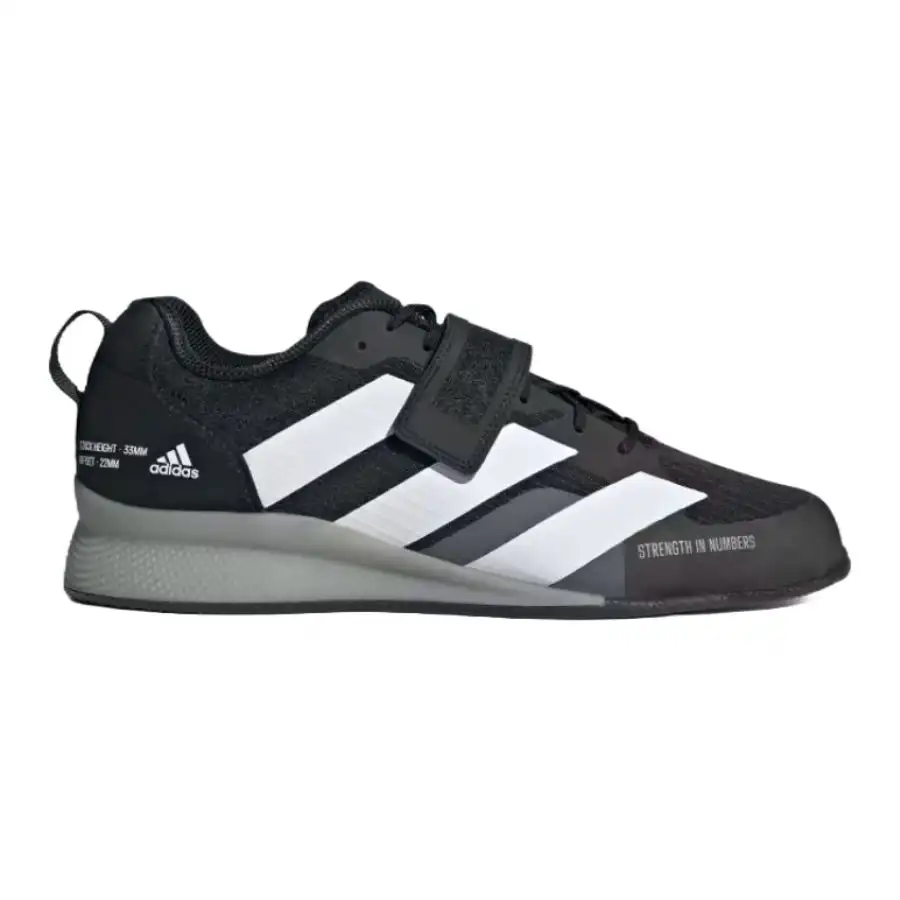
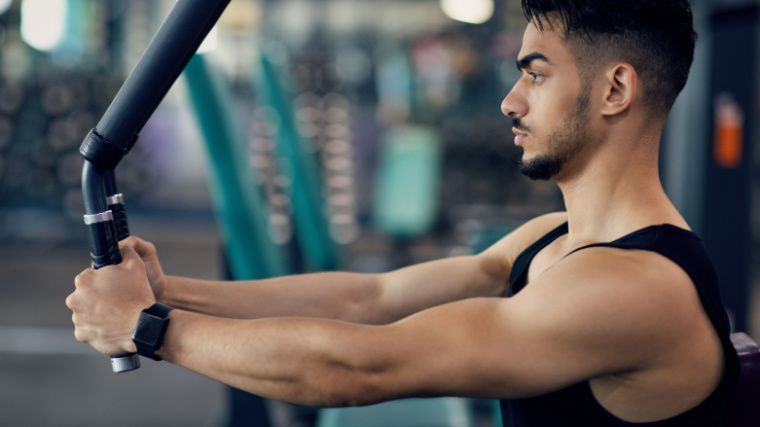
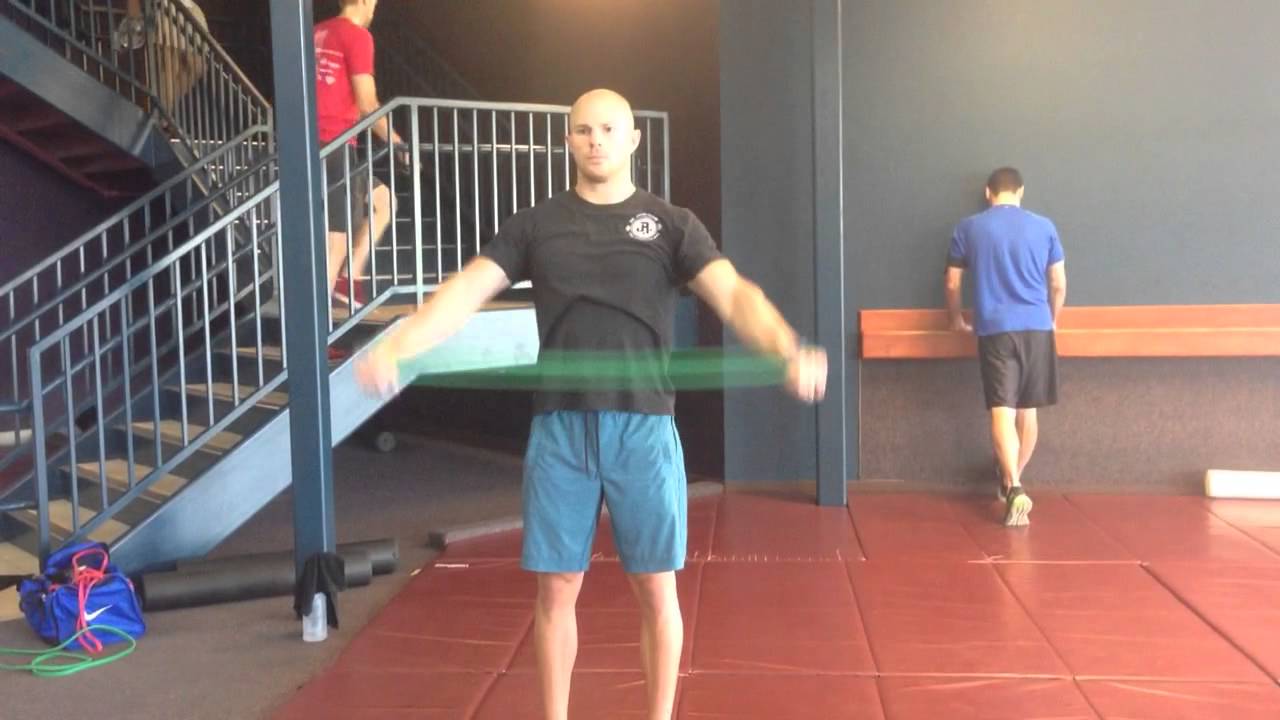
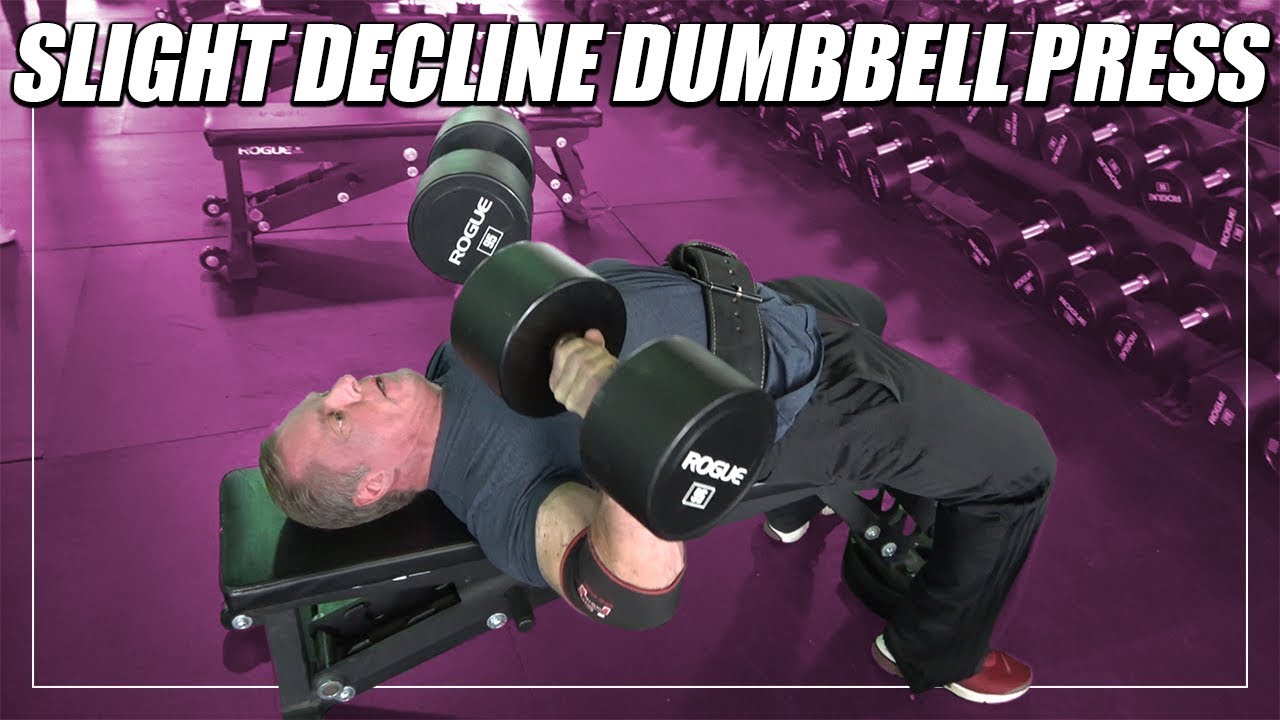
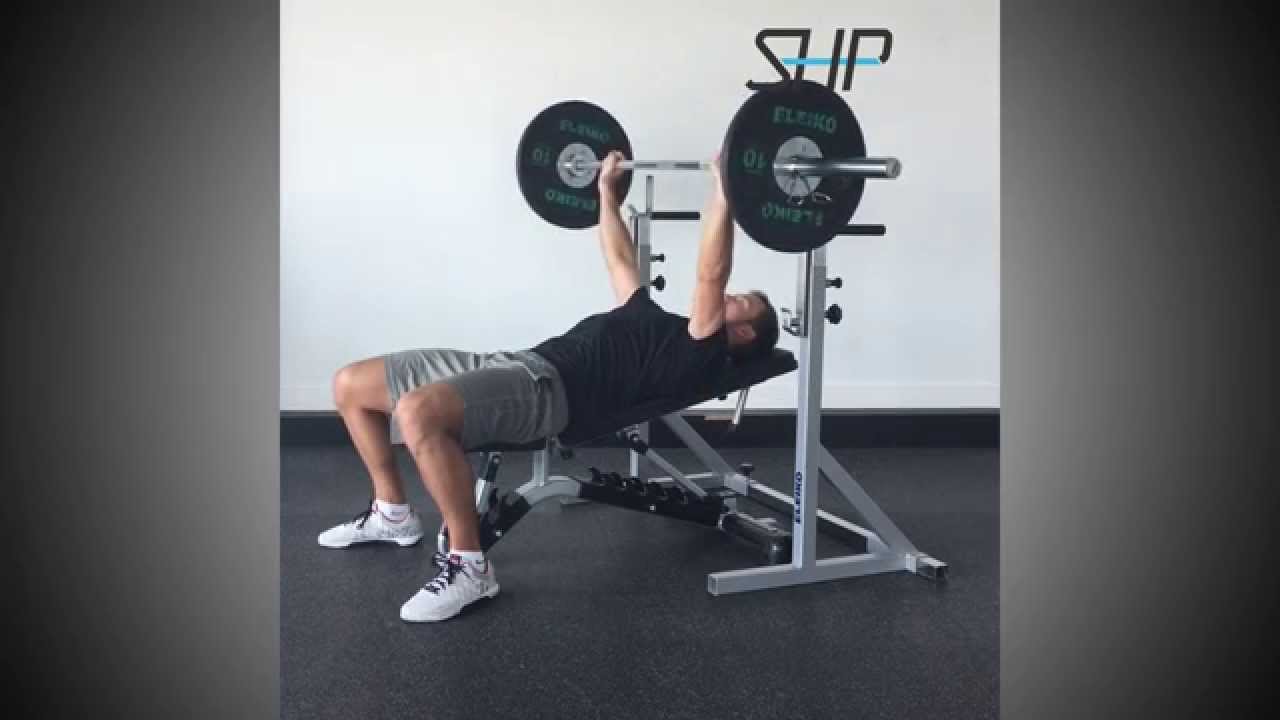
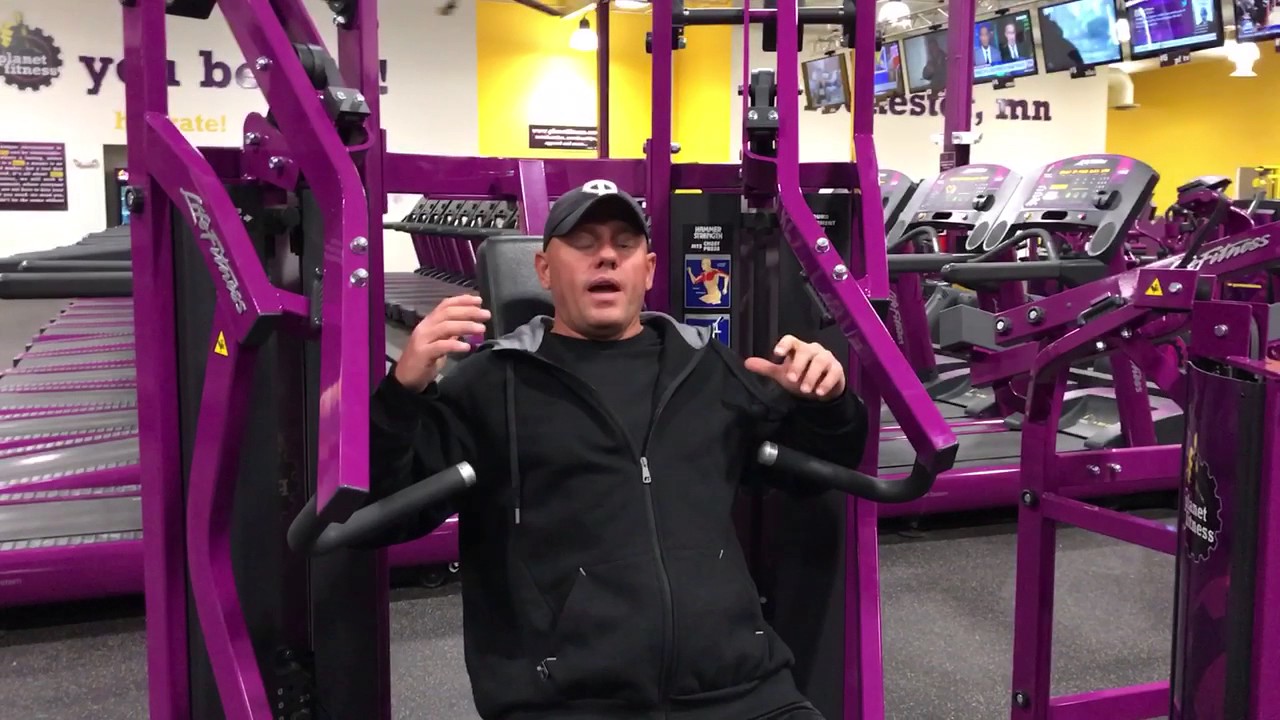
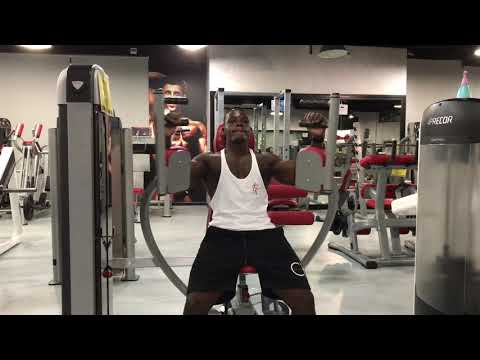
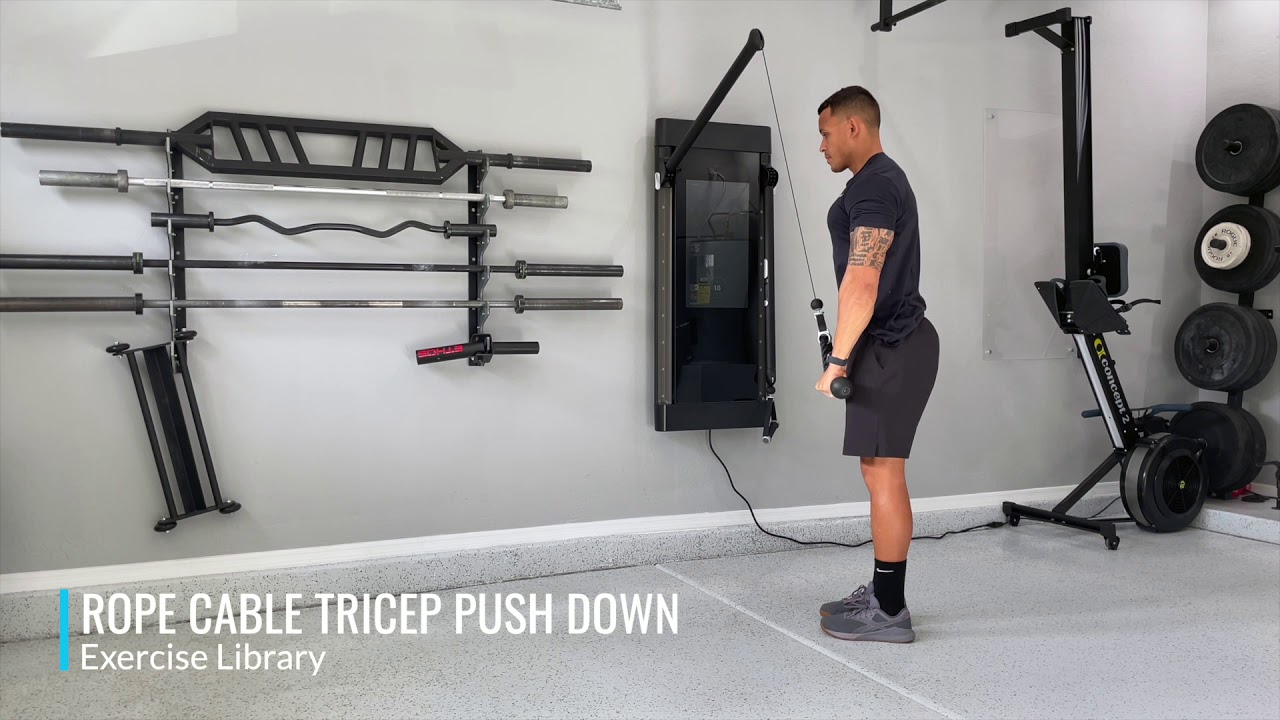
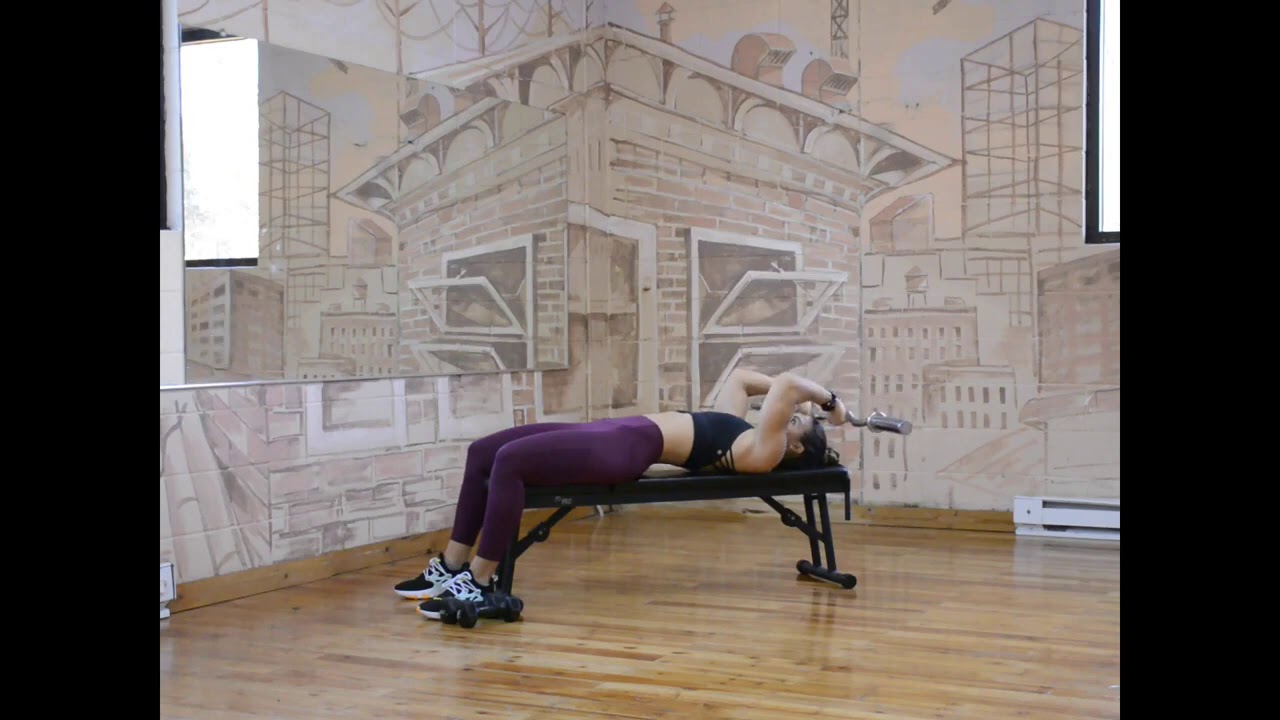

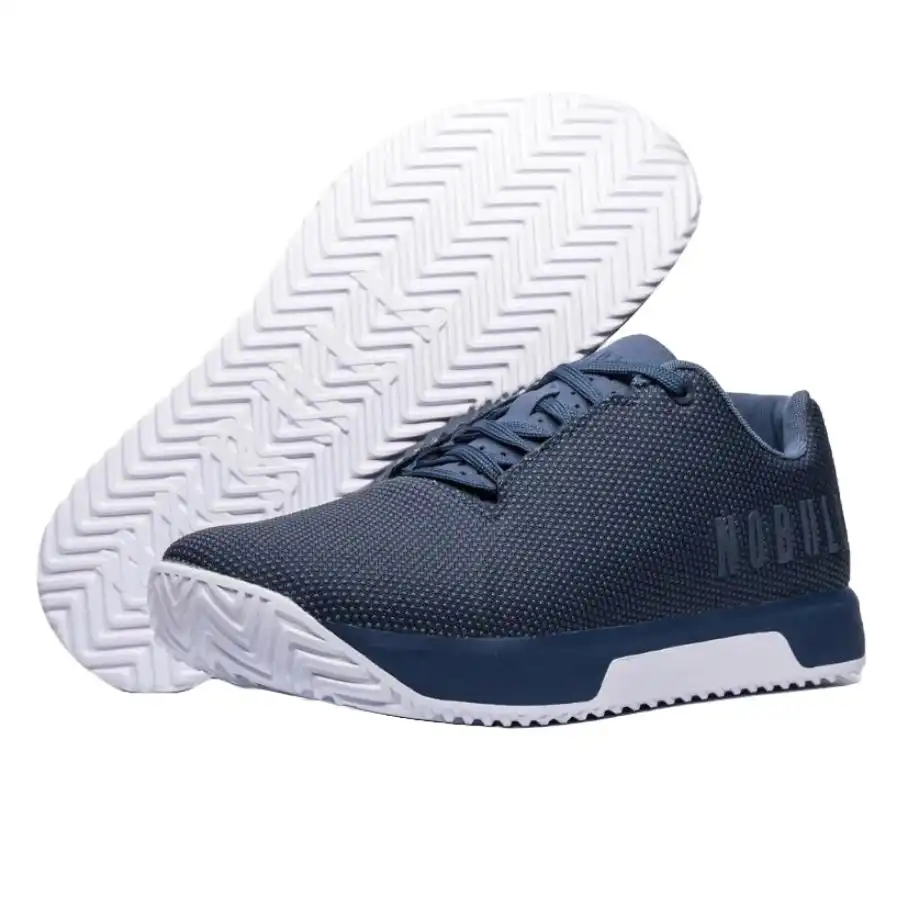


 Imagine this: It’s a crisp autumn afternoon. A breeze is blowing crunchy leaves off the trees. There’s a fire in the fireplace. You’re wearing your comfiest sweater. Maybe a pumpkin candle burns in the background. It’s perfect, right?
Imagine this: It’s a crisp autumn afternoon. A breeze is blowing crunchy leaves off the trees. There’s a fire in the fireplace. You’re wearing your comfiest sweater. Maybe a pumpkin candle burns in the background. It’s perfect, right?












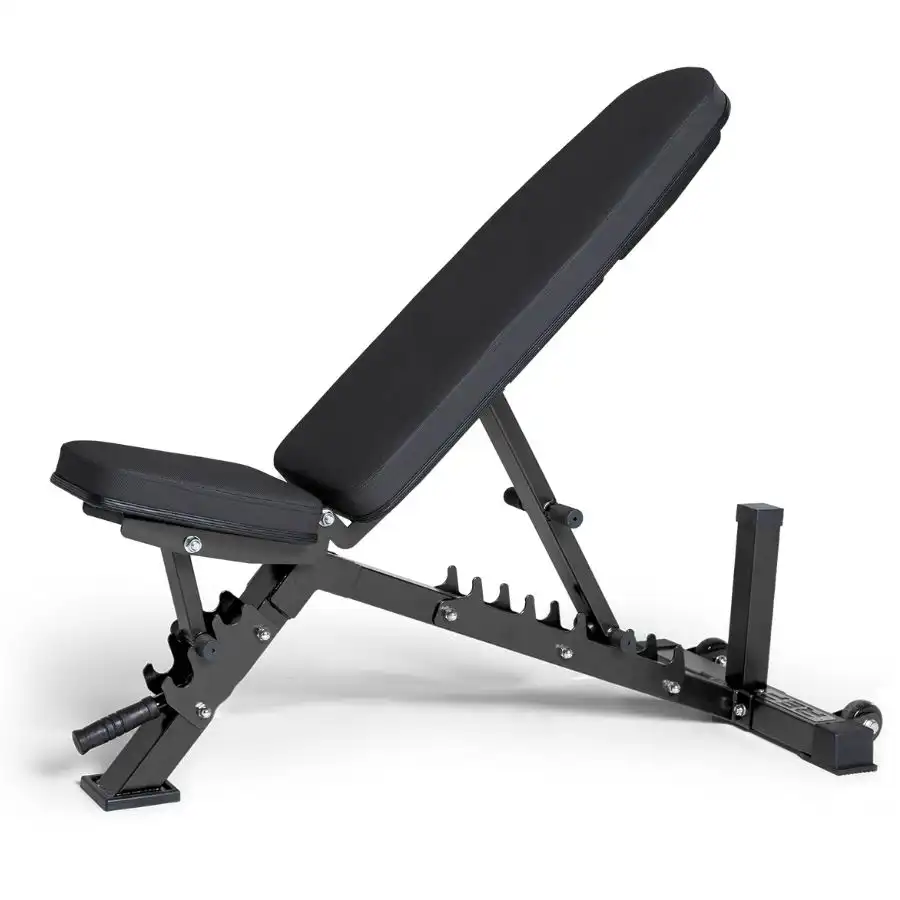
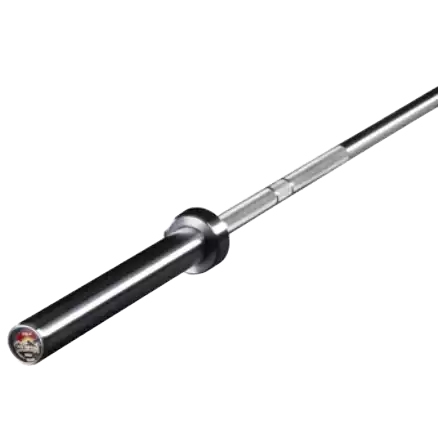

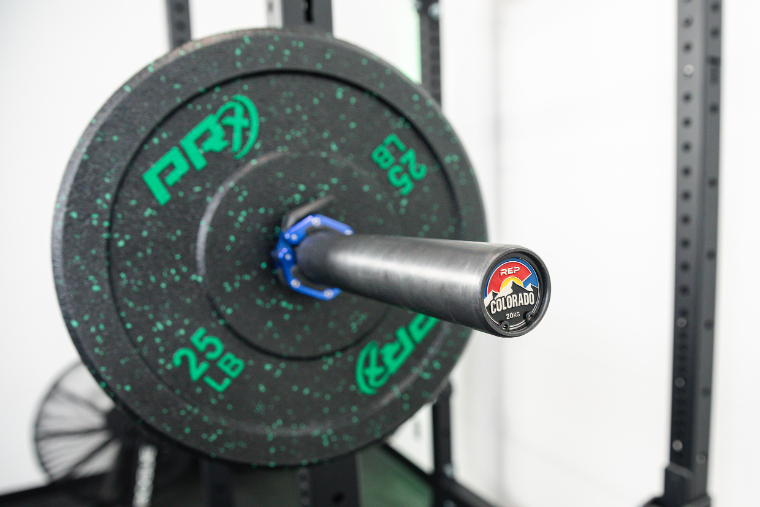
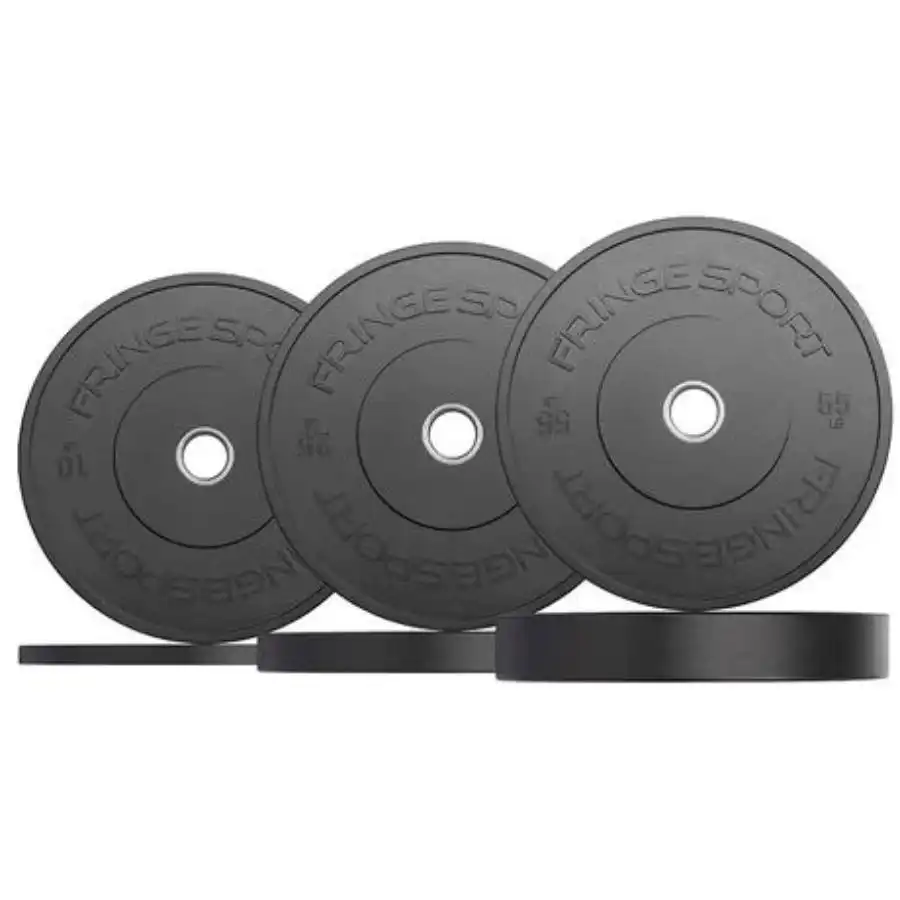
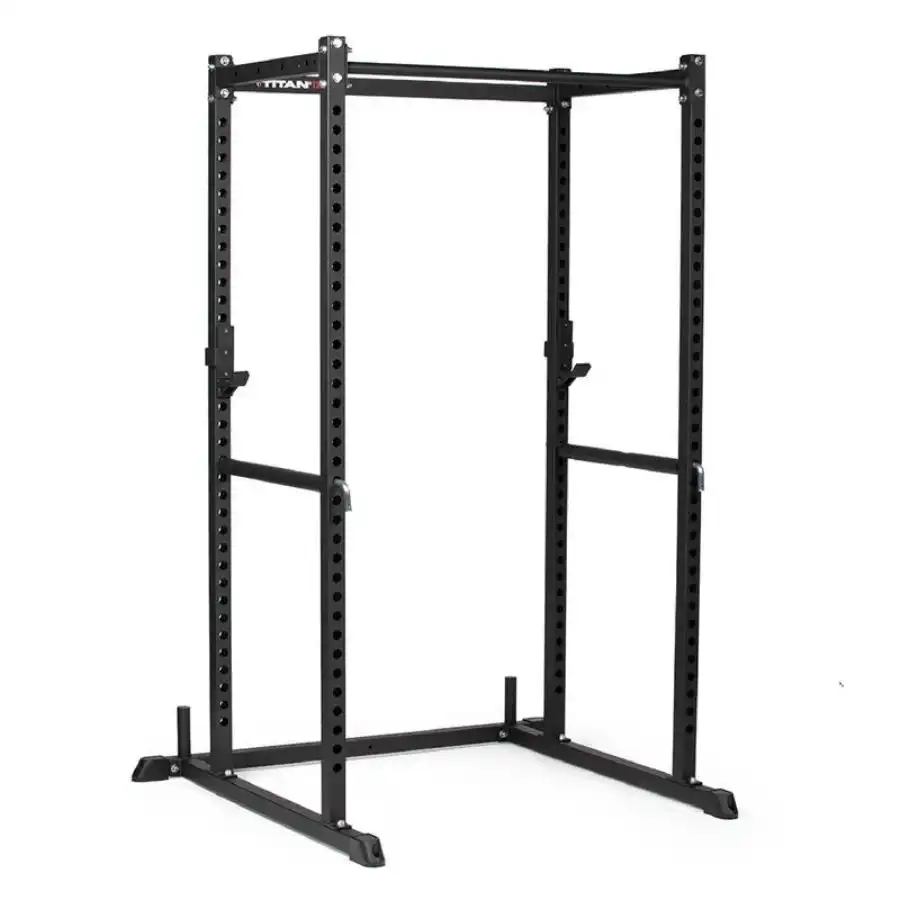
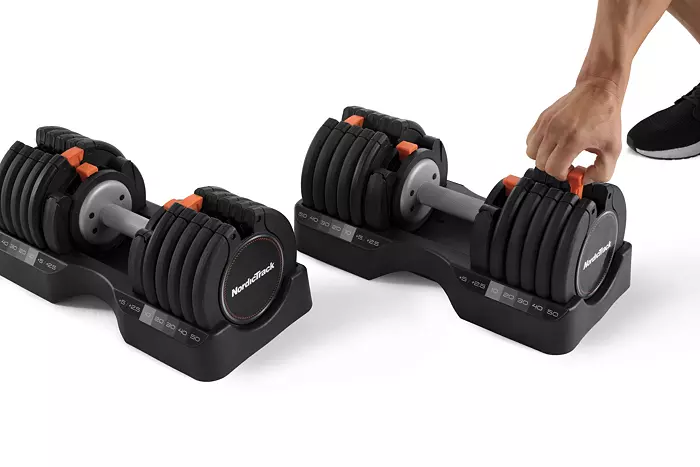
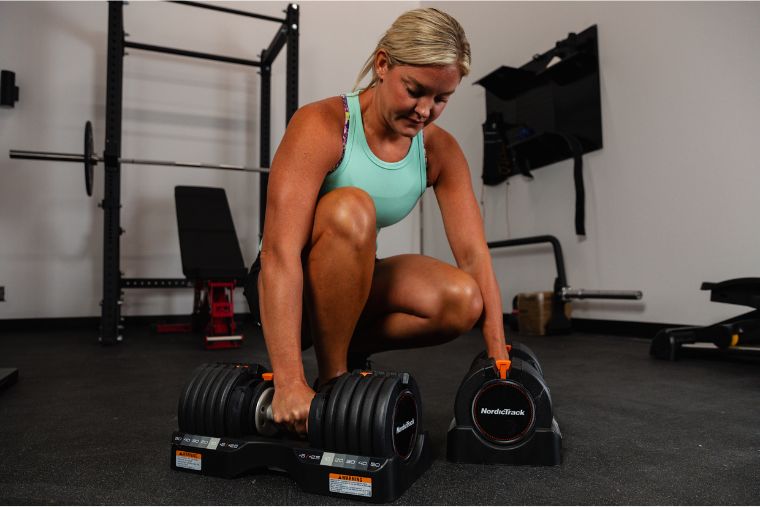
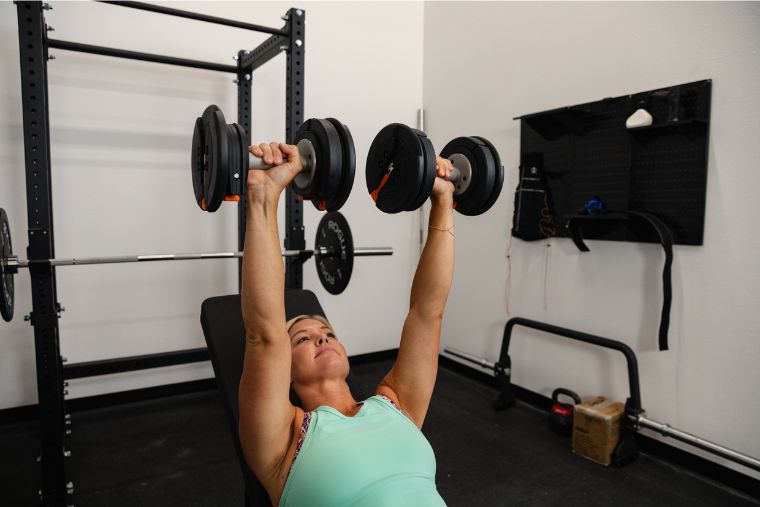
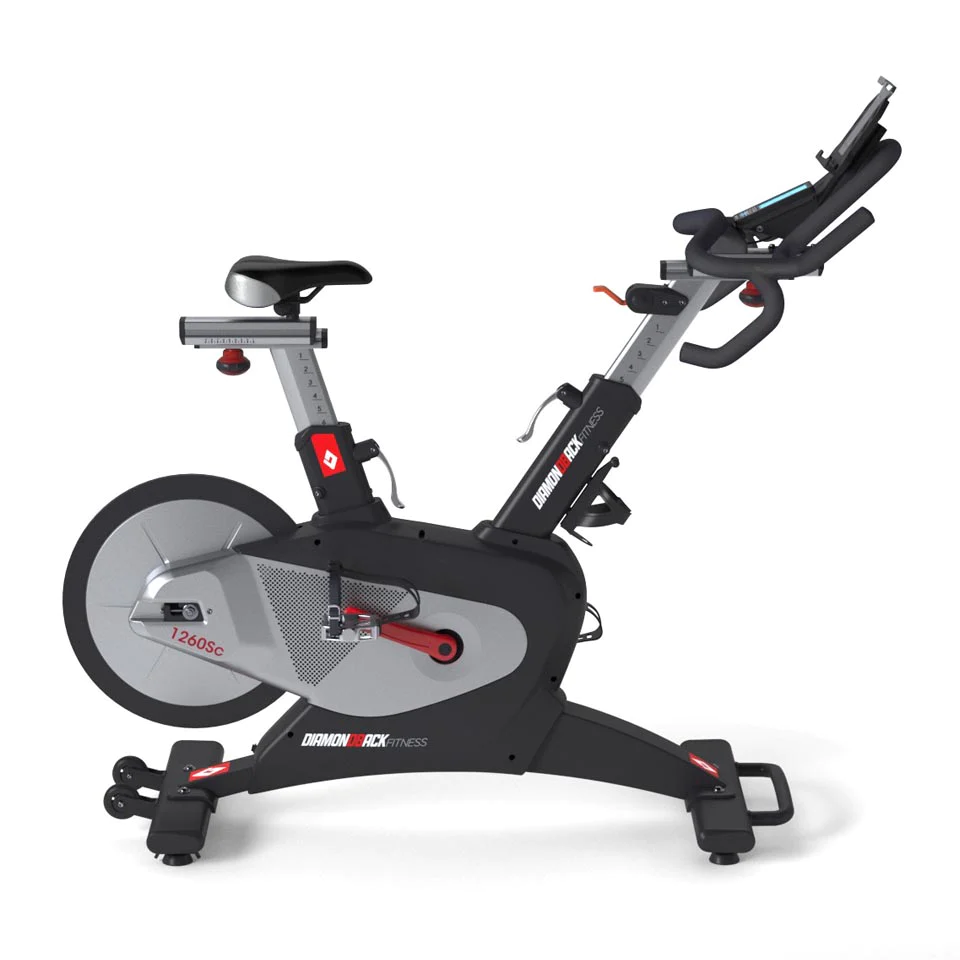
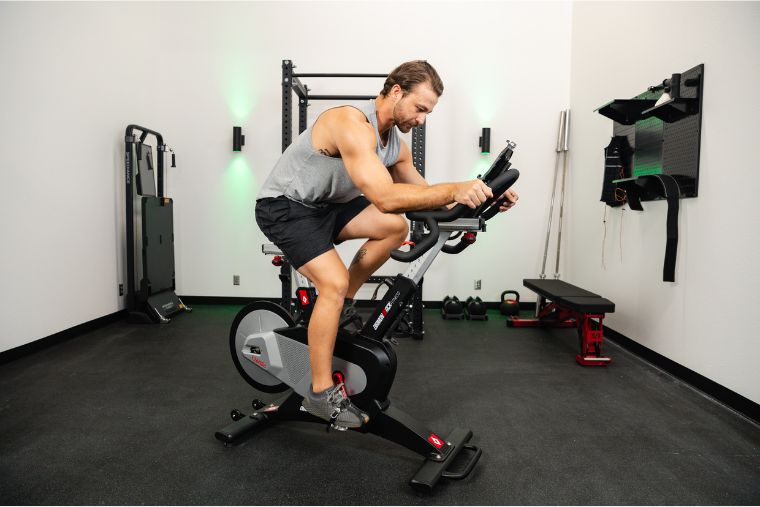
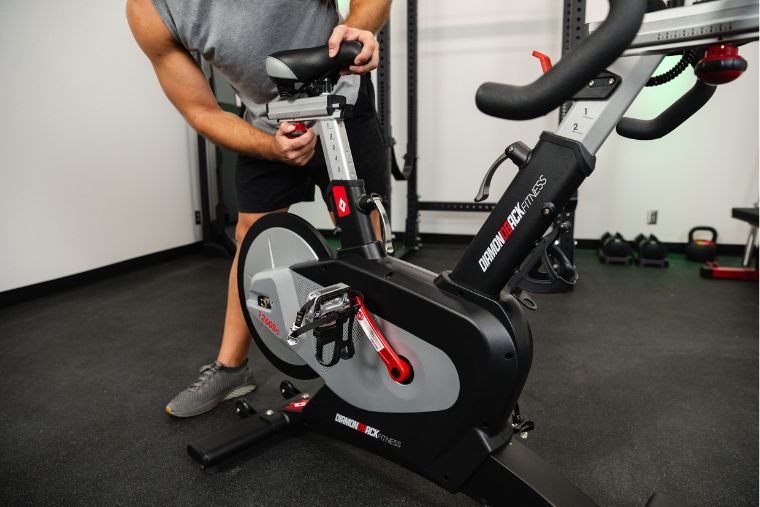
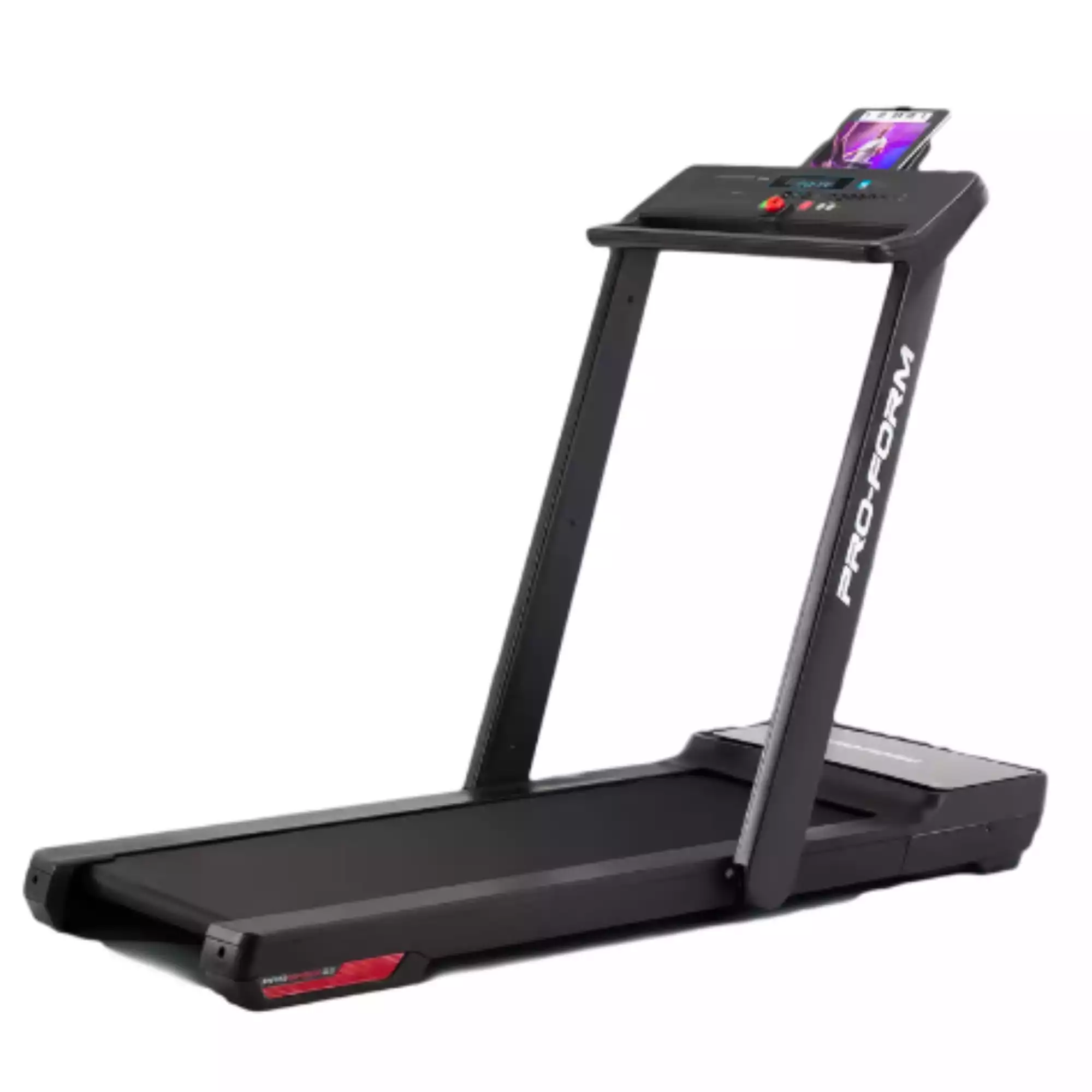
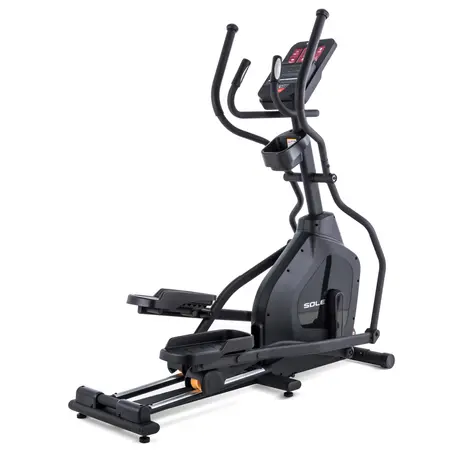
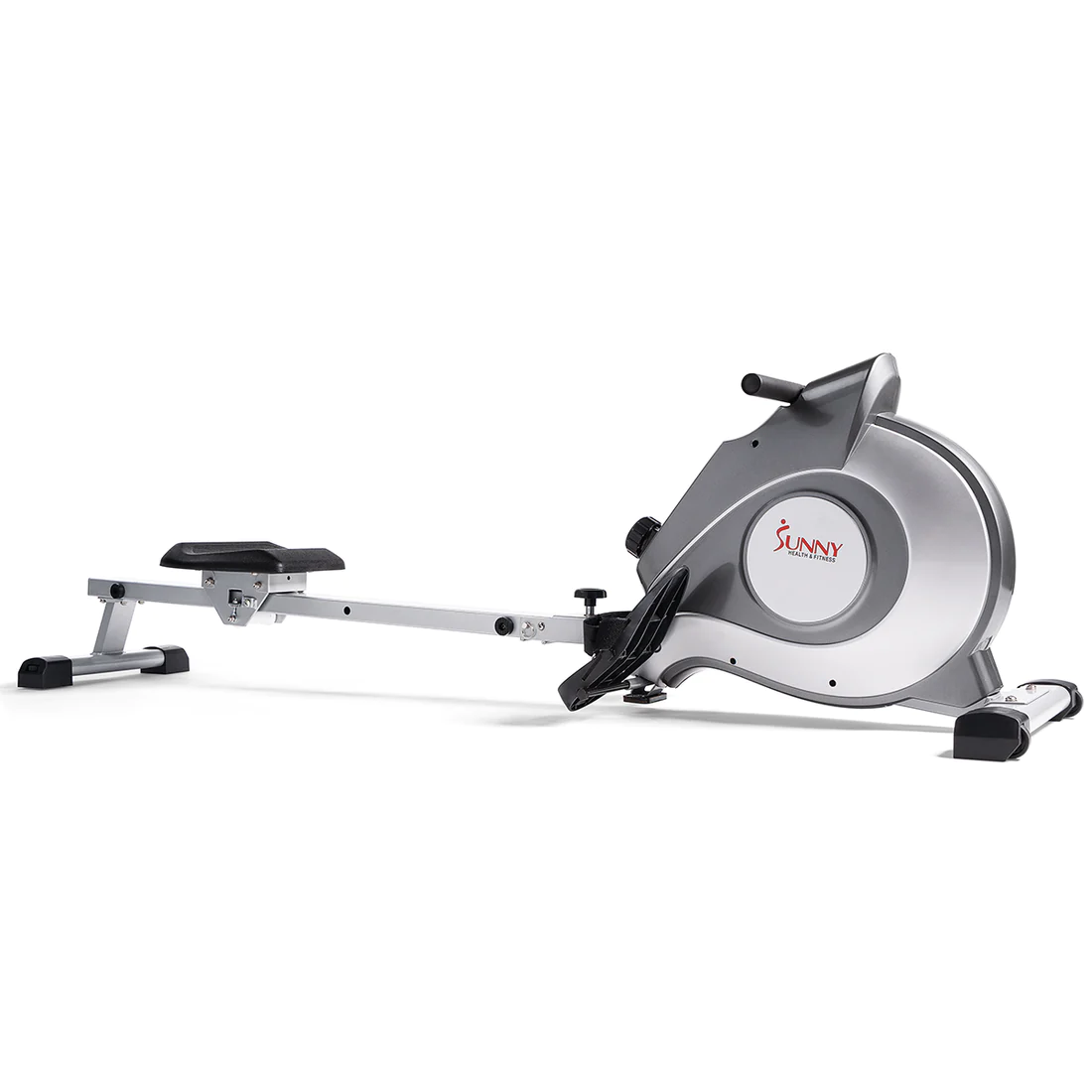
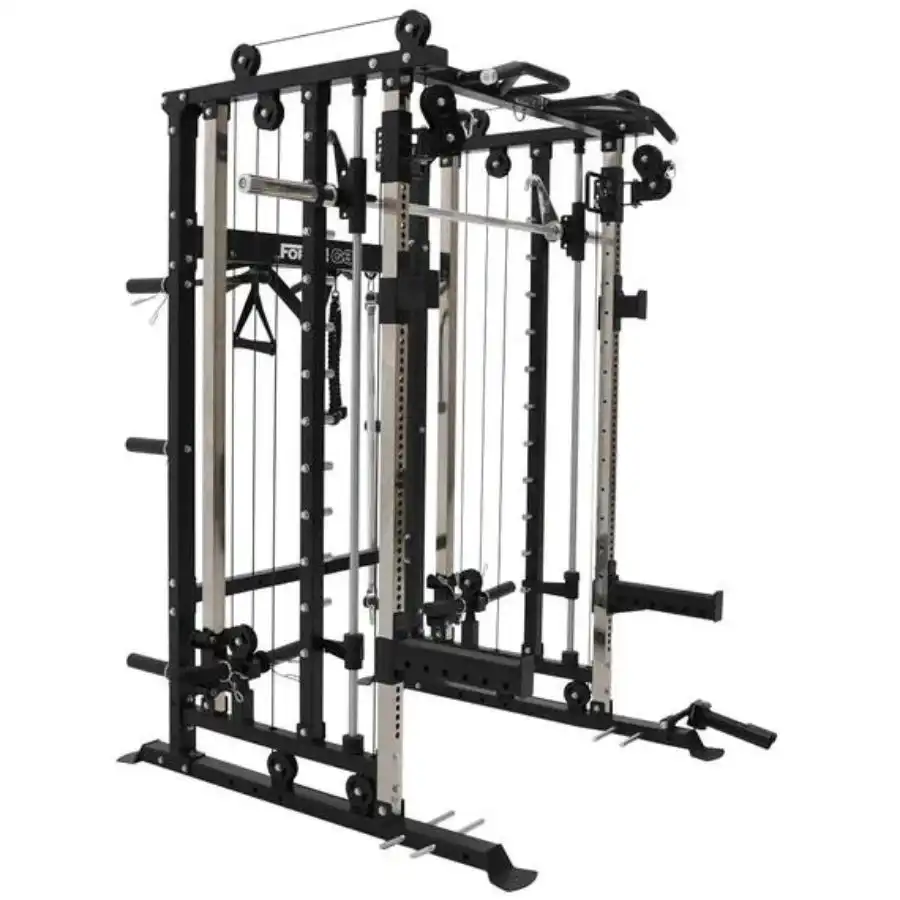

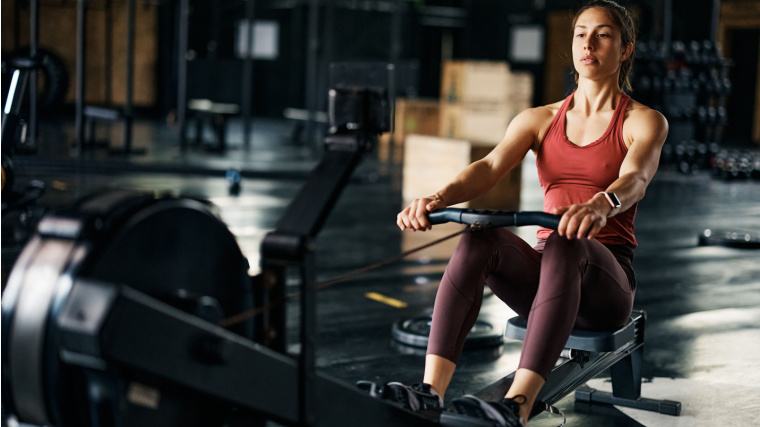

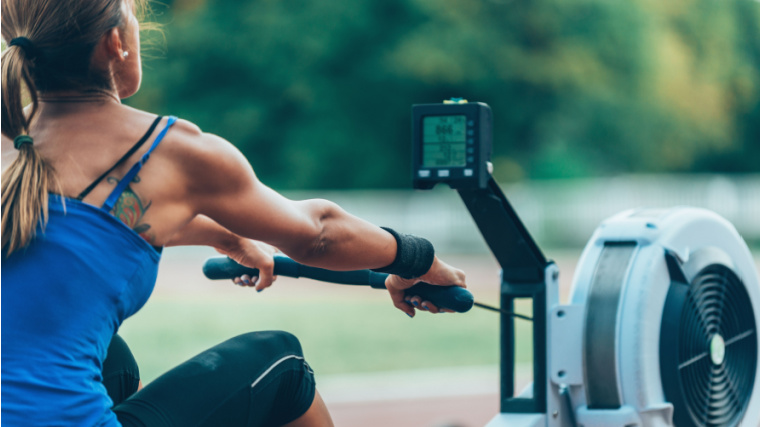
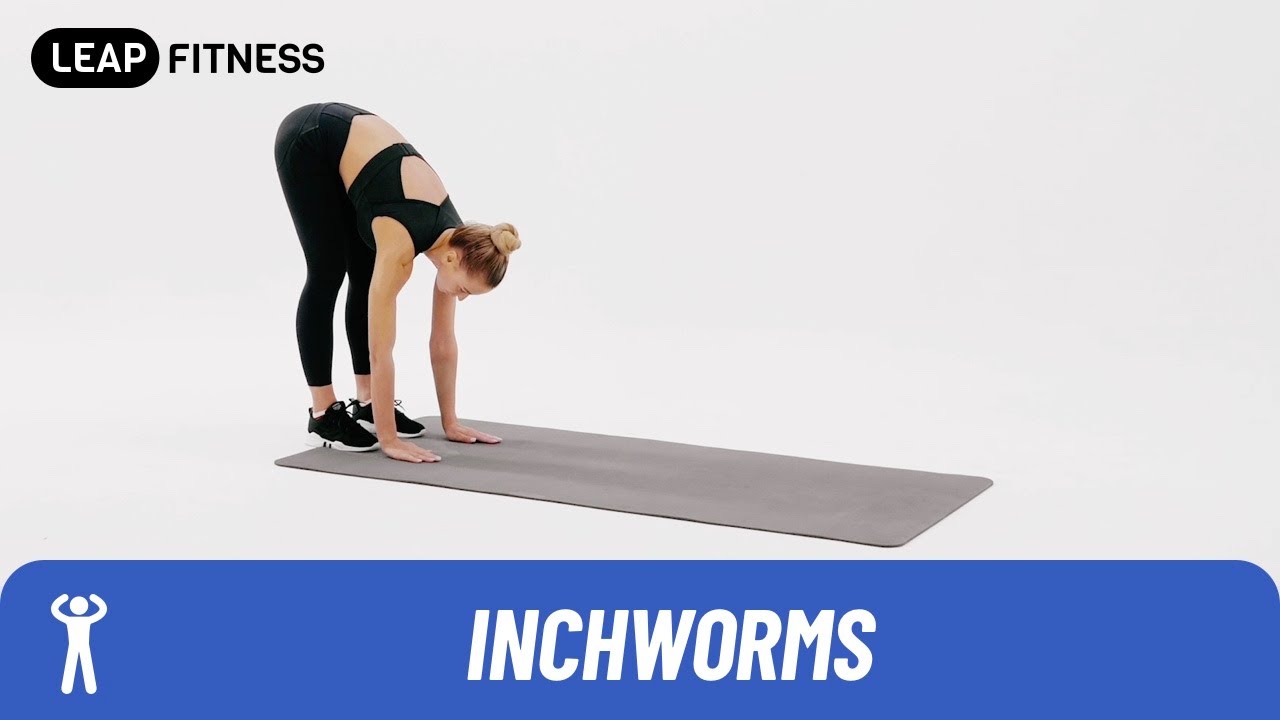


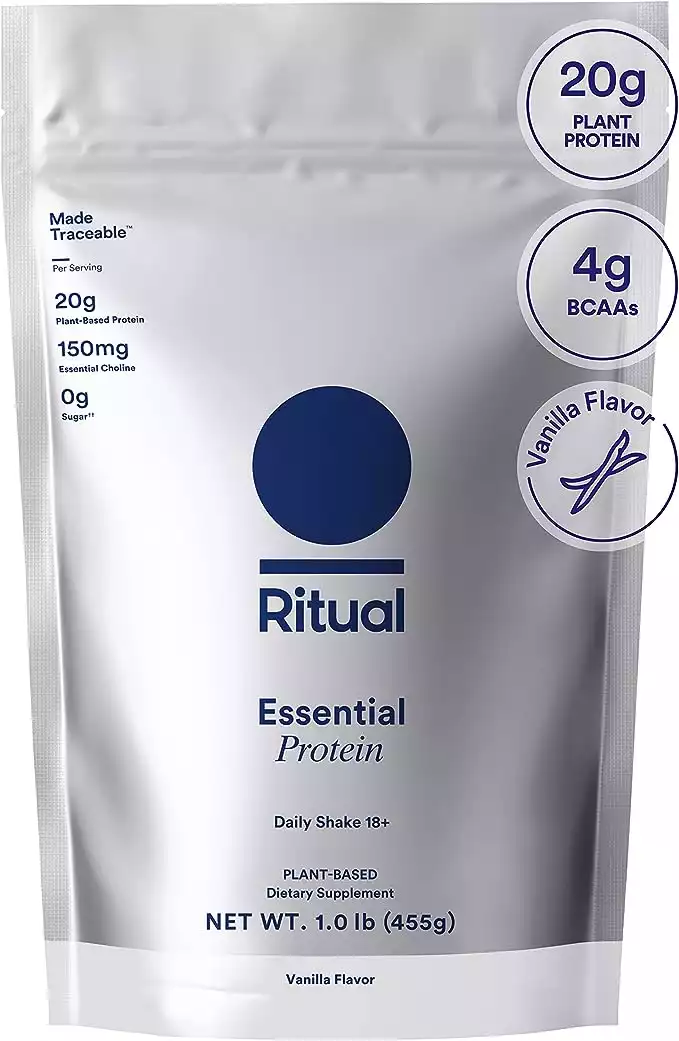
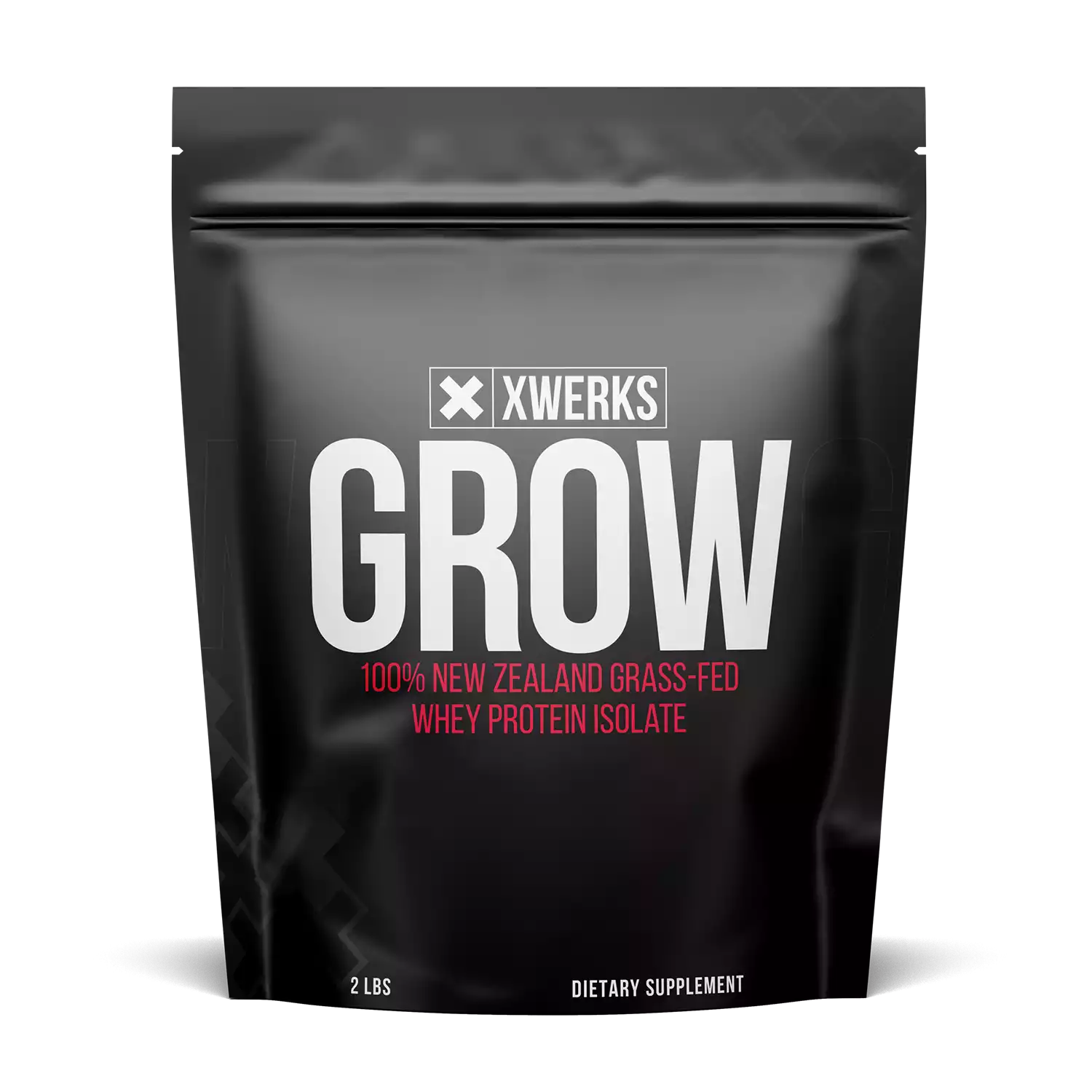
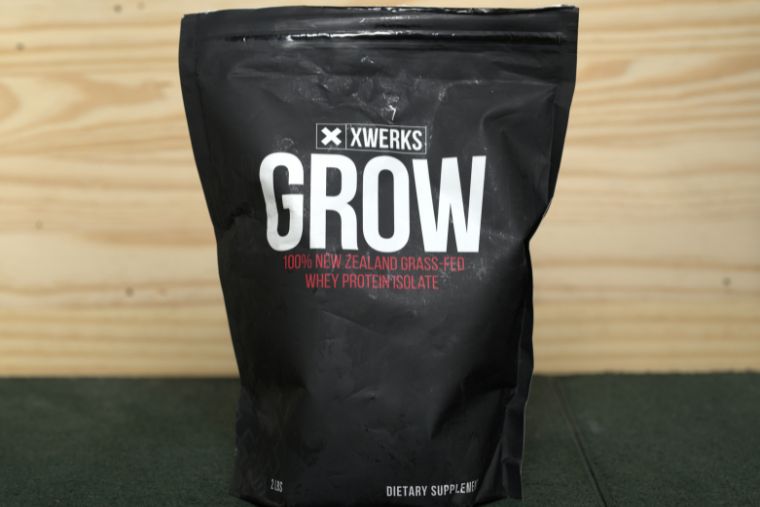

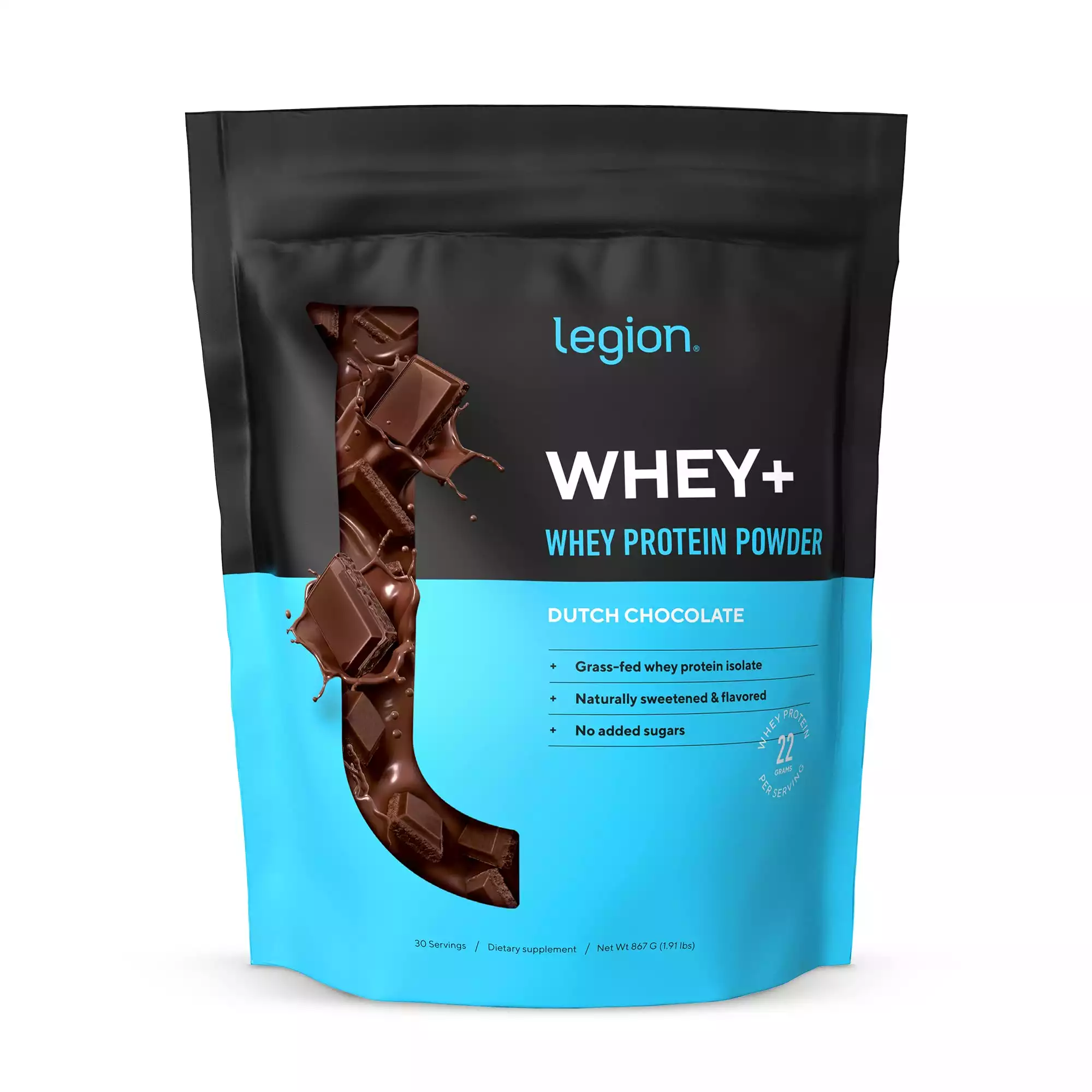

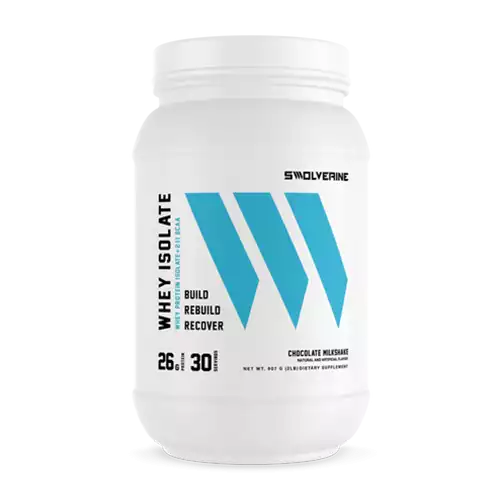
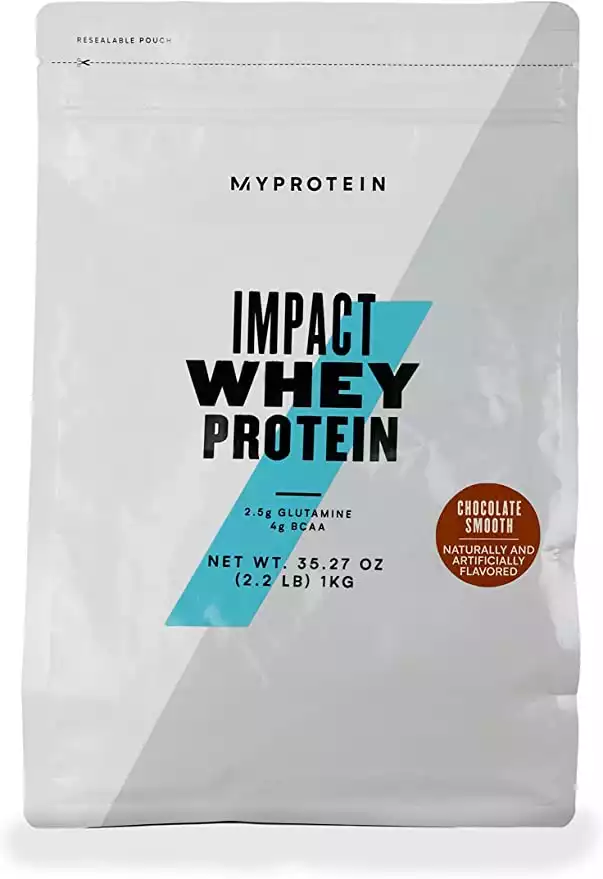
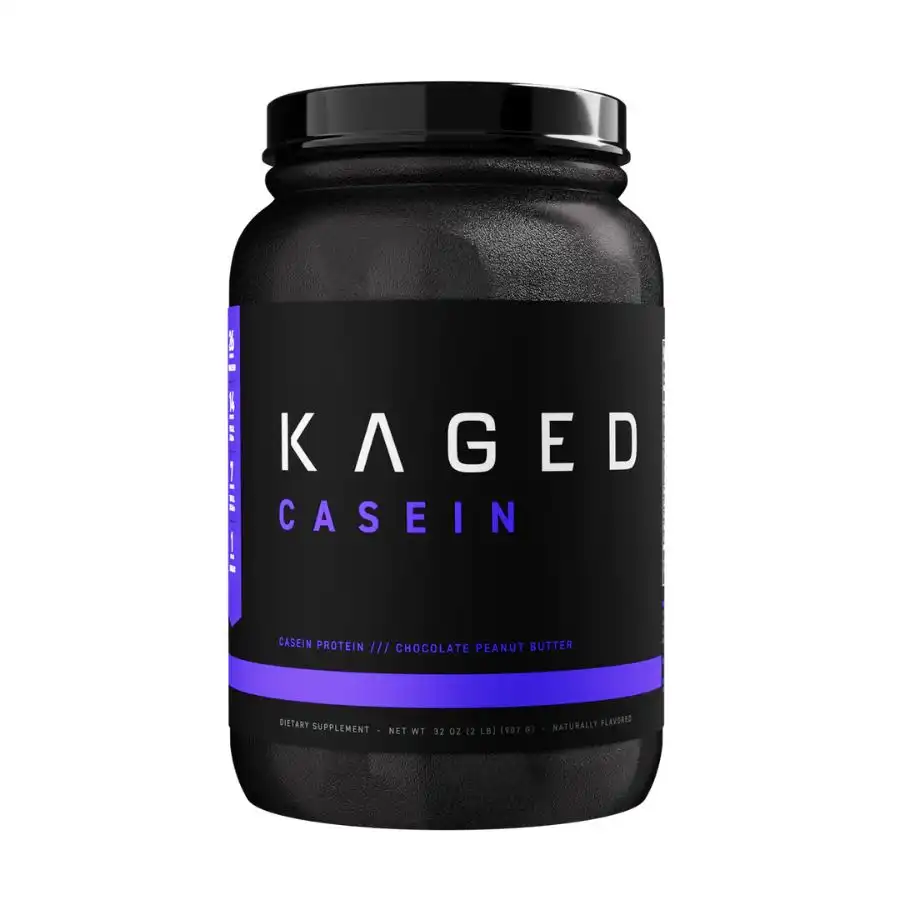

 For now classes are 6pm and 640pm at 2840 Wildwood st in the Boise Cloggers studio.
Book your class NOW!
click this ==>
For now classes are 6pm and 640pm at 2840 Wildwood st in the Boise Cloggers studio.
Book your class NOW!
click this ==>








